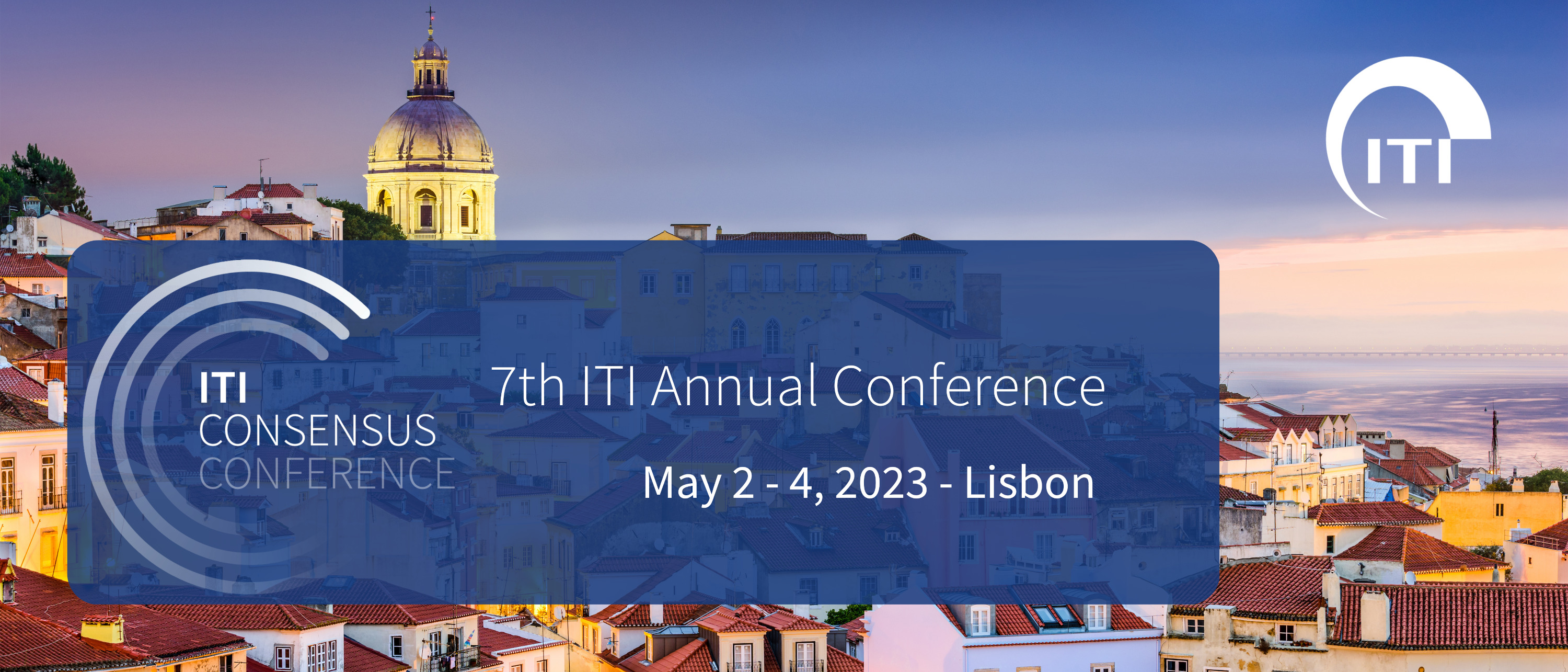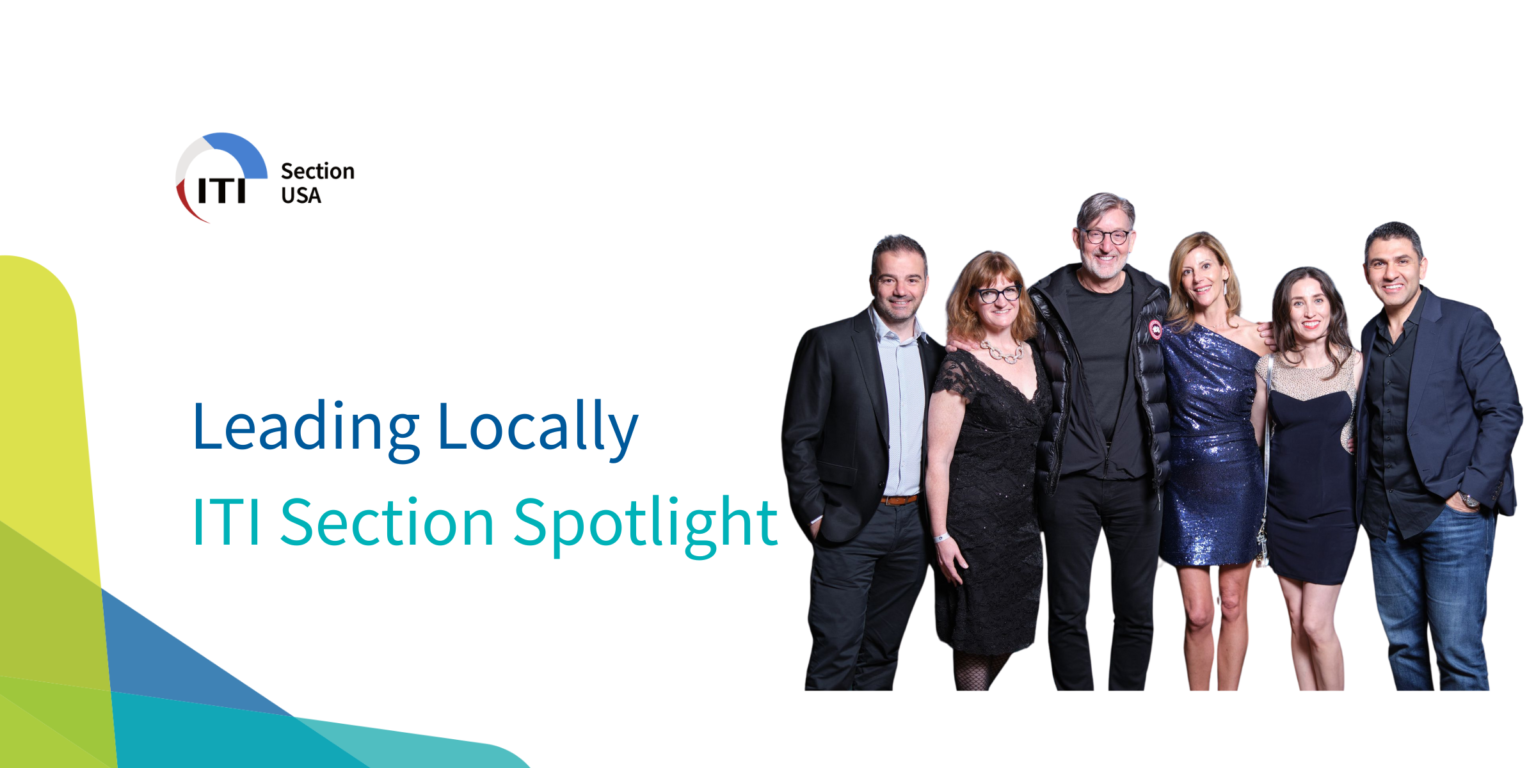The Consensus Conference is a wrap!
After more than two years of preparations and assessing hundreds of scientific papers as well as 72 hours of lively debates between almost 100 participants, the 7th ITI Consensus Conference has come to a close. To be sure, some signs of fatigue are visible, but enthusiasm and commitment remain high. The Consensus Statements and clinical recommendations are done and dusted and we can’t wait to share them with the global dental community. Be patient! Our thanks for the hard work and dedication of all the #ITIConsensus participants.
Reporters’ digest part 2
Group 1: Laurentiu Motoc reporting
The day starts off on a high note with Tara Aghaloo and Simon Jensen’s engaging presentation on the clinical recommendations of Group 1: Surgical Techniques. The group tackles critical topics such as esthetic outcomes and soft and hard tissue management for long-term peri-implant health – no easy feat. Group 1 works tirelessly to finalize its recommendations, and their efforts pay off as the plenary receives their statements positively. Of course, some remarks generate hot discussion and constructive debate, but this is to be expected given that the group’s work will heavily influence the surgical approaches of clinicians for years to come.
Following lunch, the plenary hall fills, everyone is wearing their spotless white Consensus polo shirt, all ready for the legendary official Consensus picture.
Later on, Group 1 reconvenes in the plenary hall to unveil their draft covering patient perspectives. While the final outcome will be presented on Saturday during the Annual Meeting, this version serves as an appetizer ready to be refined by integrating the feedback of an engaged audience.
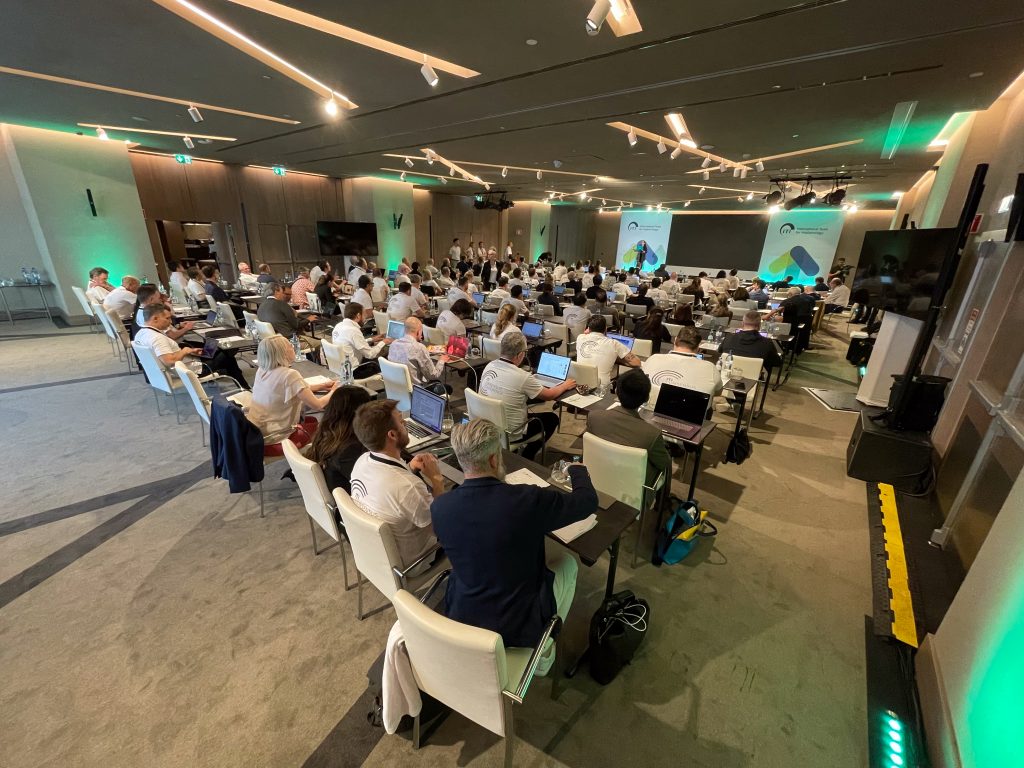
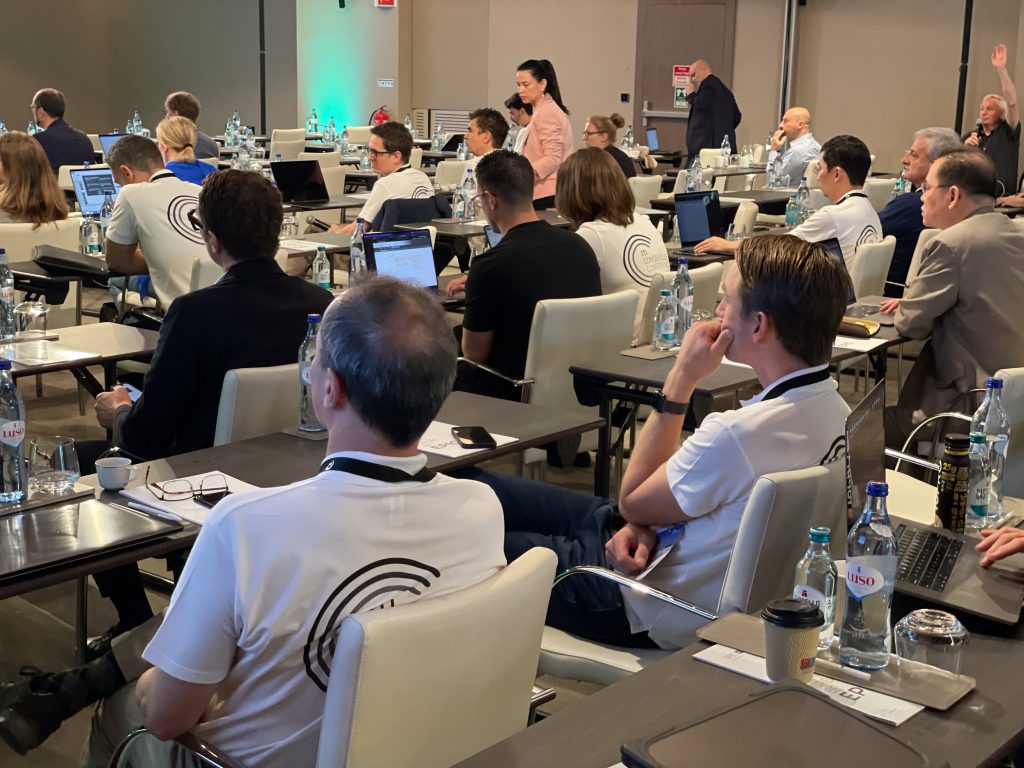
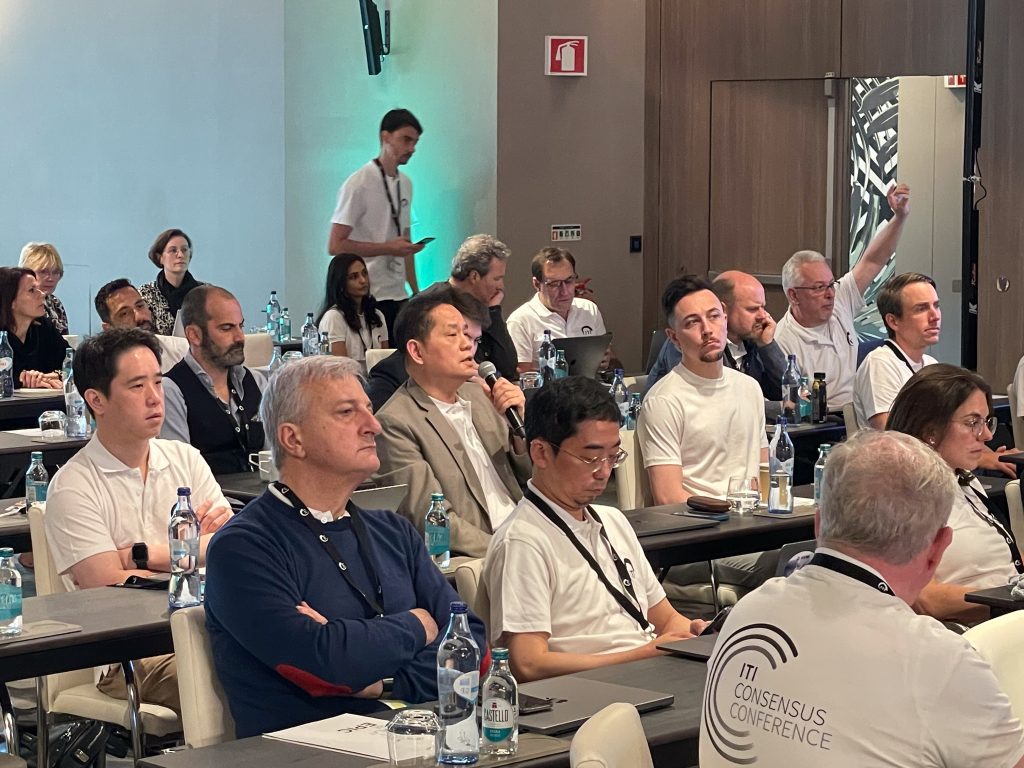
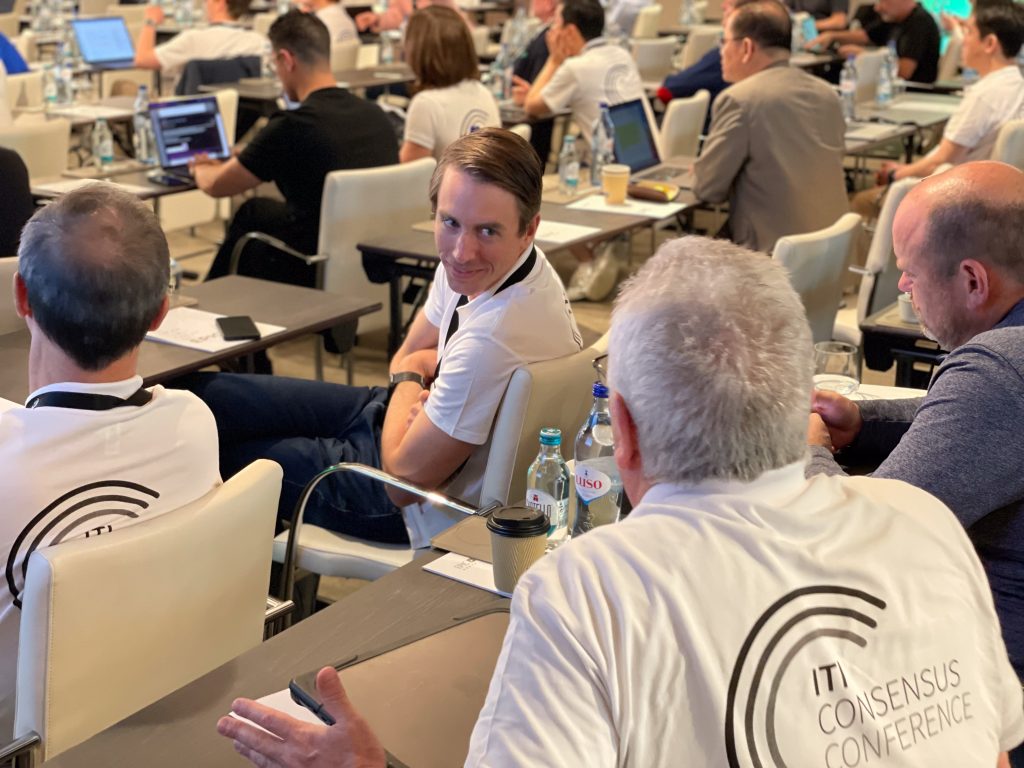
Group 2: Teresa Chanting Sun reporting
Tim Joda and Wiebe Derksen present Group 2’s clinical recommendations focusing on the most up-to-date topics in technology, including computer-aided manufacturing, Ti-base abutments and the impact of prosthetic material and design on the clinical outcomes of posterior implant-supported multiple-unit restorations. Collaborative efforts between the group leaders and participants lead to a clear message and provide strong guidance to the professionals. While some topics, such as the implementation of digital implant planning and the limitations of current technology for prosthetic fabrication, generate heated discussions, the group effectively conveys the idea that clinical decisions should be based on current scientific evidence, but the possibility of using new technology should not be overlooked.
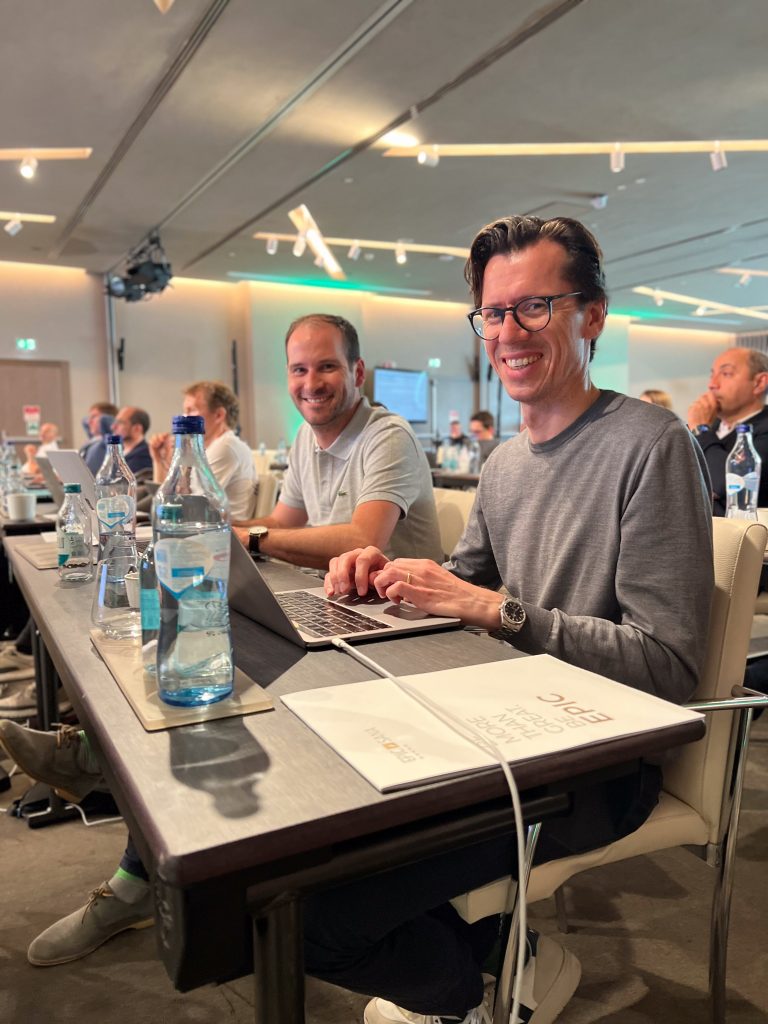
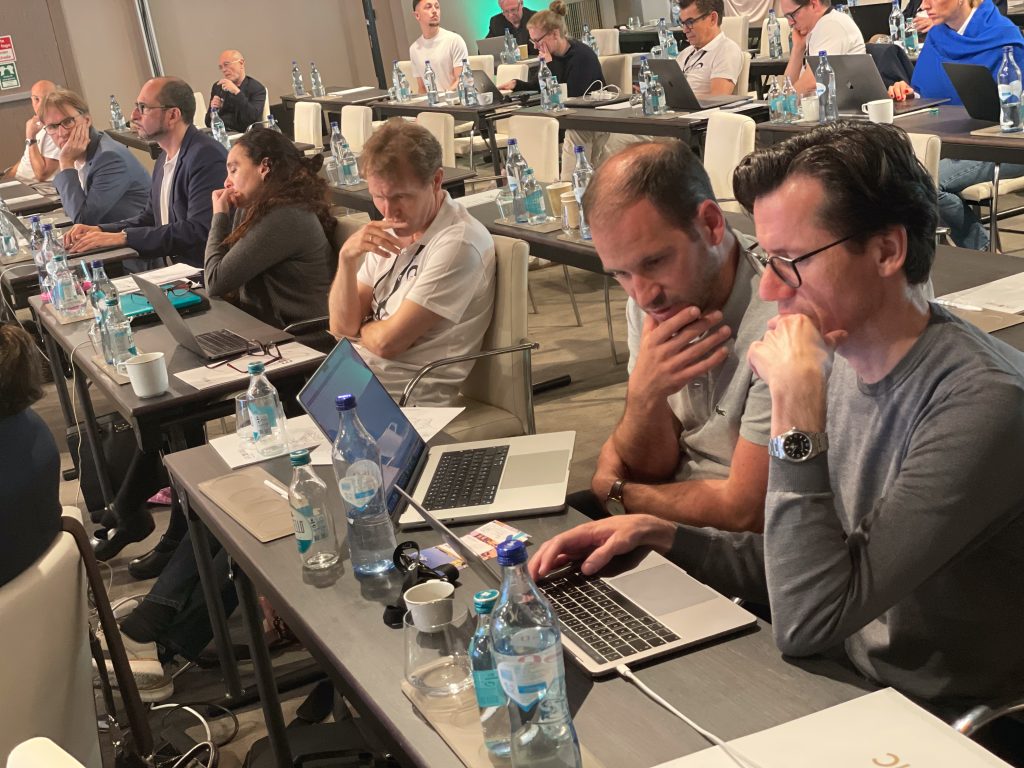
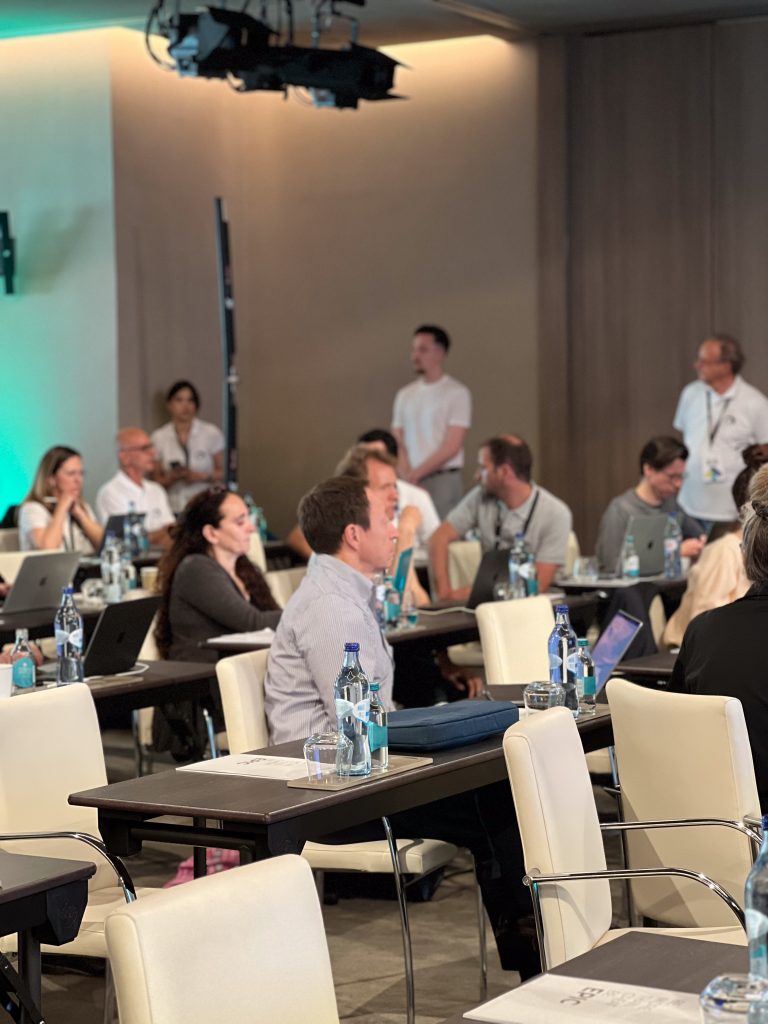

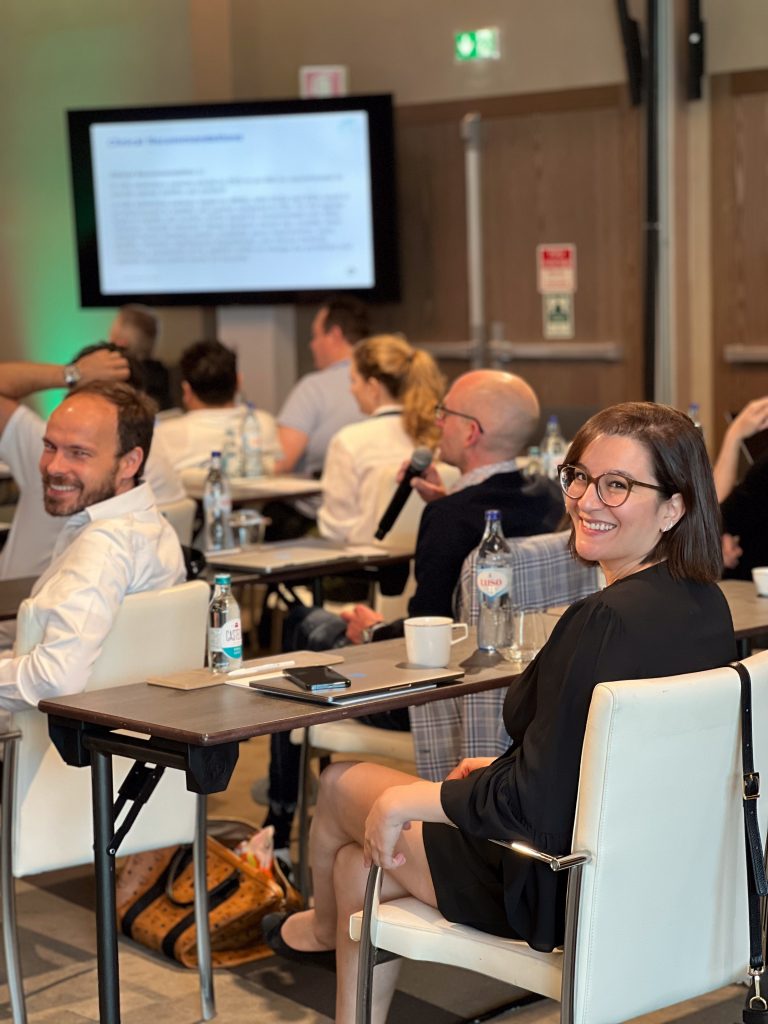
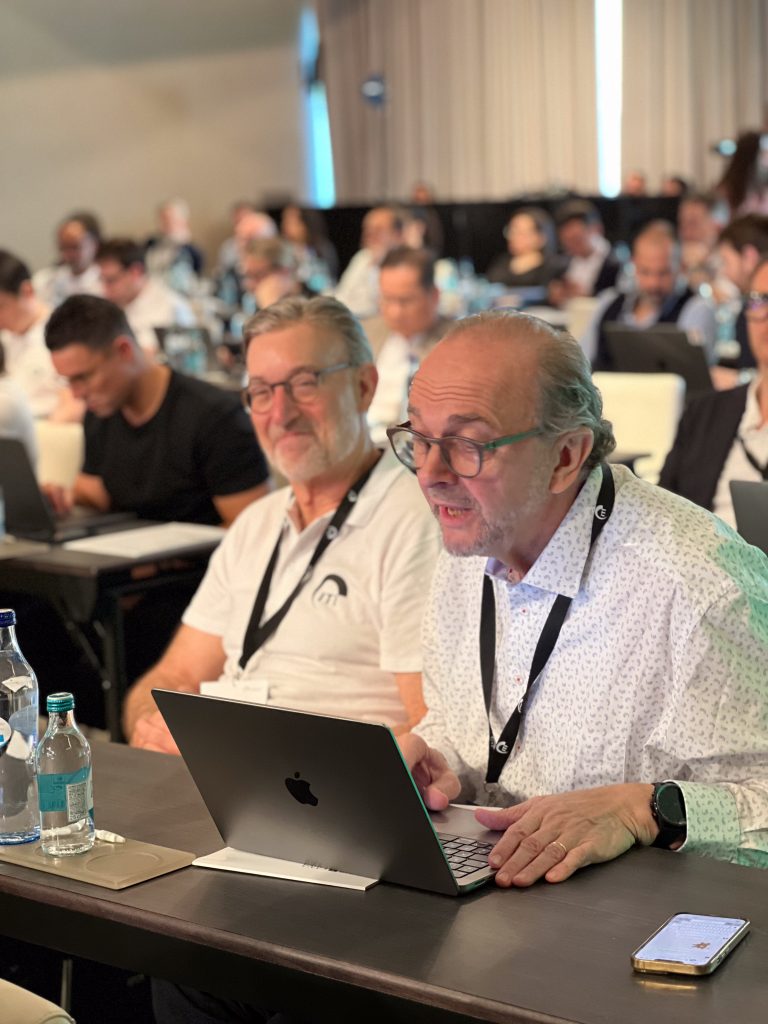
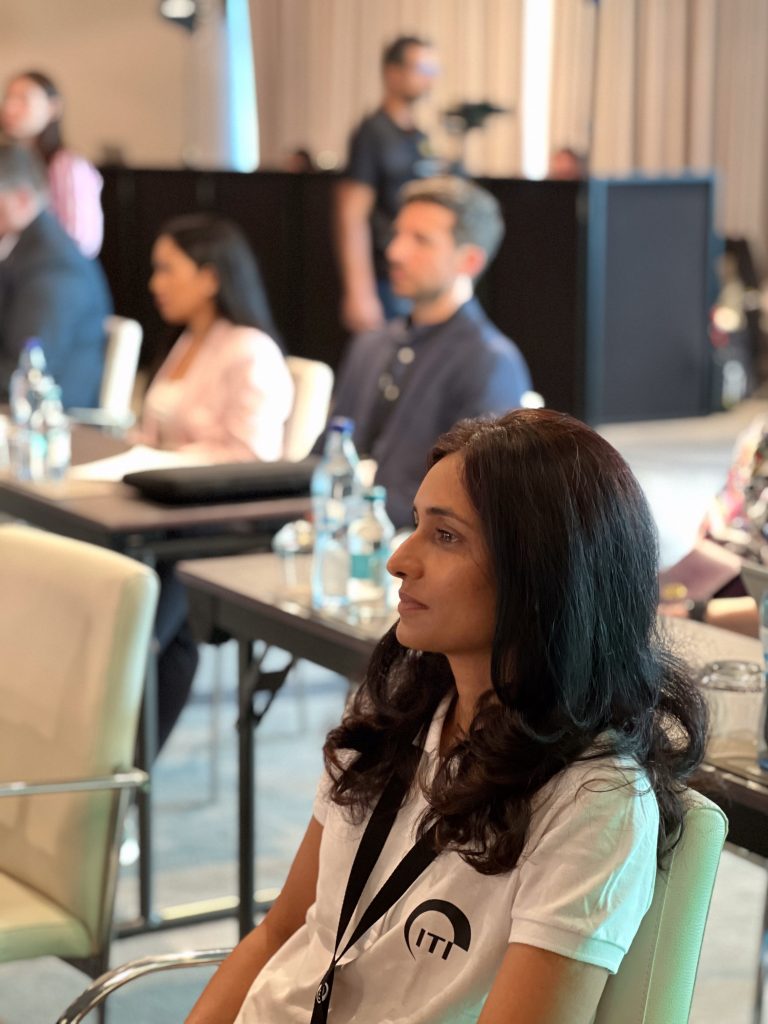
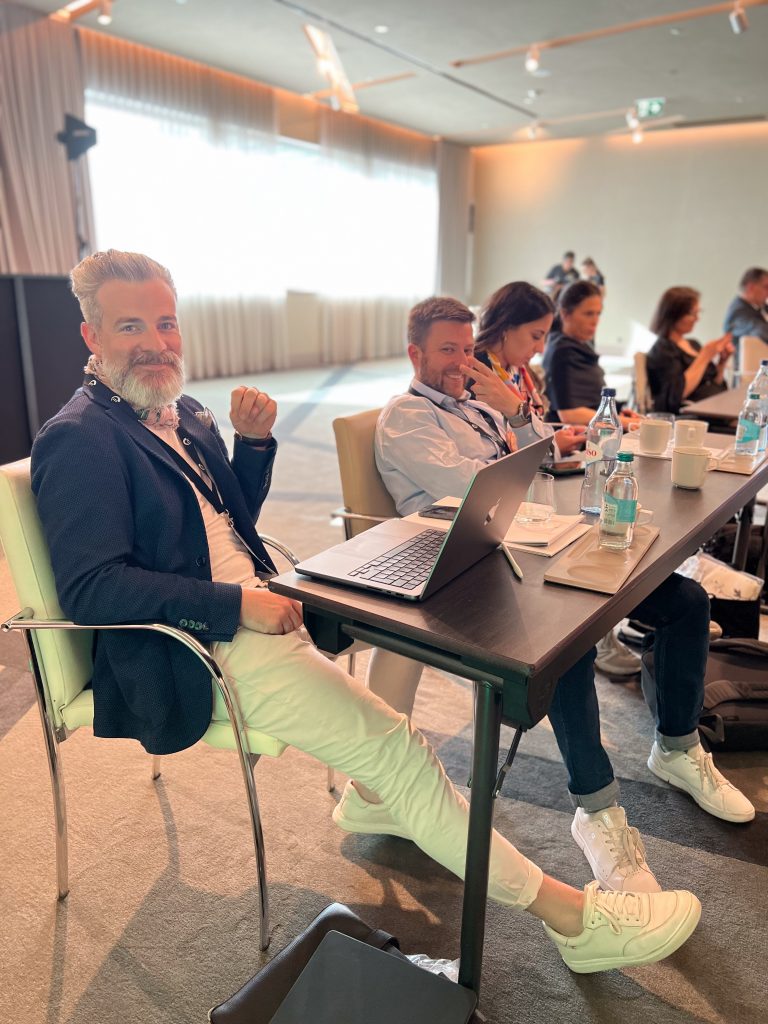
Group 3: Yukihiro Takeda reporting
After intense discussion over the last 2 days, everyone is exhausted but still enthusiastic. In the final discussion with all participants, people are moving towards a consensus, but there are still details to discuss. As we finalize the Consensus Statements and recommendations, it is clear the hard work has paid off and the room bursts into applause. In the afternoon, we reporters are happy to be included in the official photo. A great feeling! There is time to start on a topic that is new for the ITI Consensus Conference: patient perspectives – everything from the patient’s point of view.
I arrived here without really knowing how the Consensus process works and found it an amazing experience. Just to see how experts cooperate to create guidelines to how we can work safely in daily practice. Fantastic!
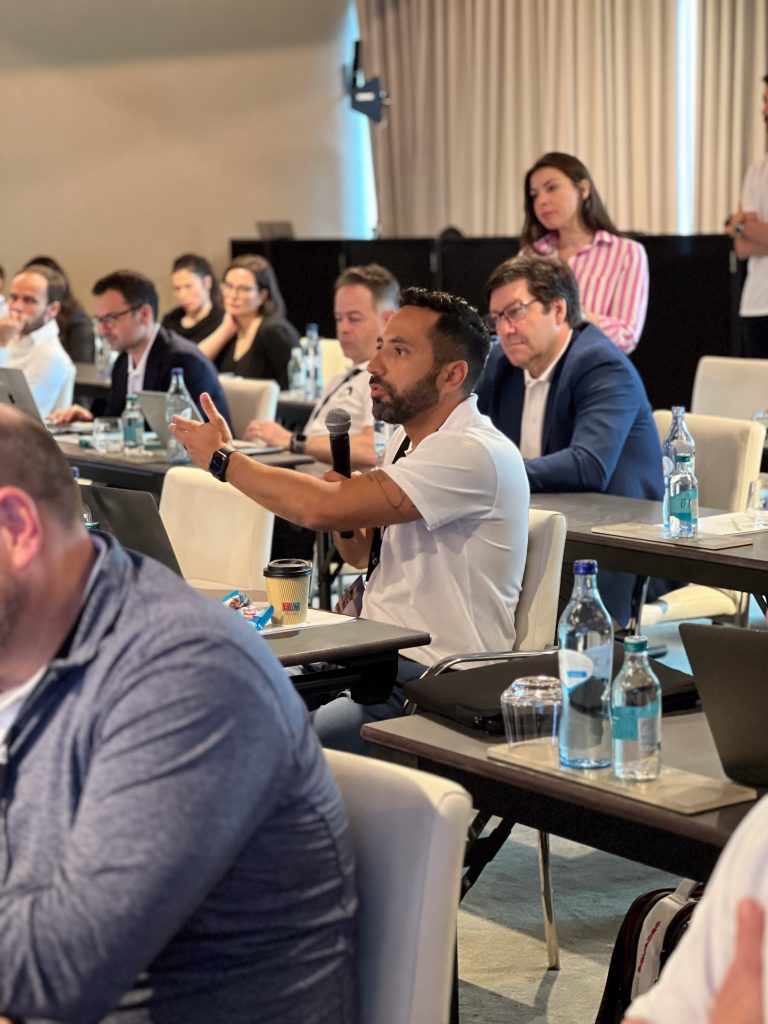
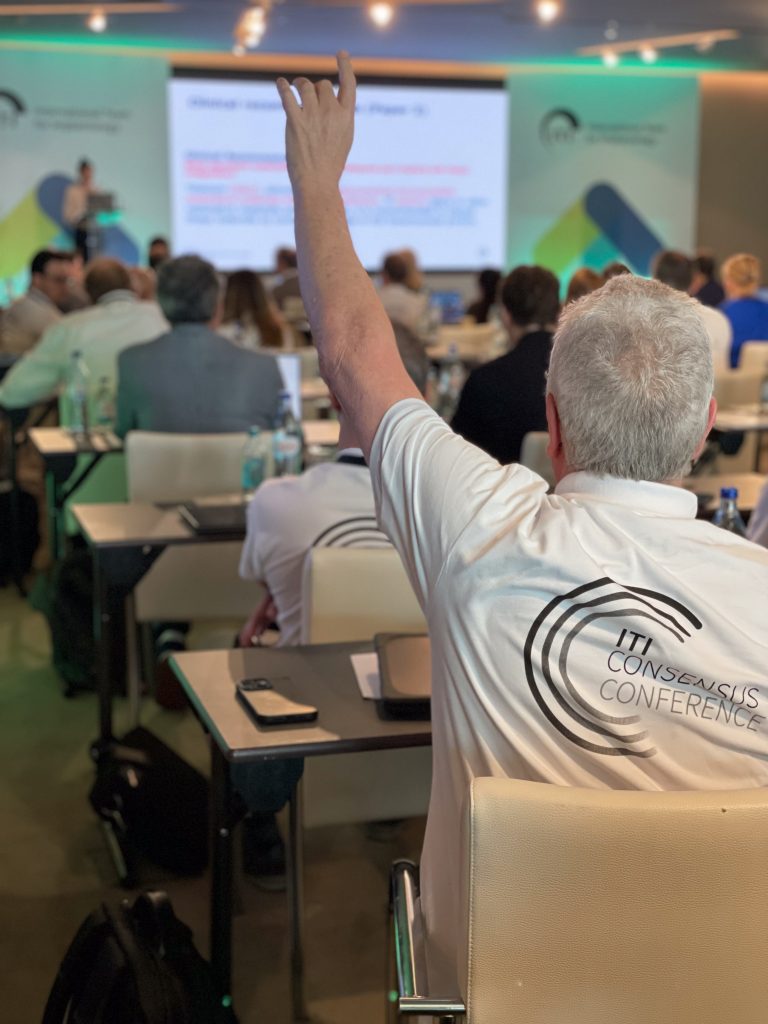
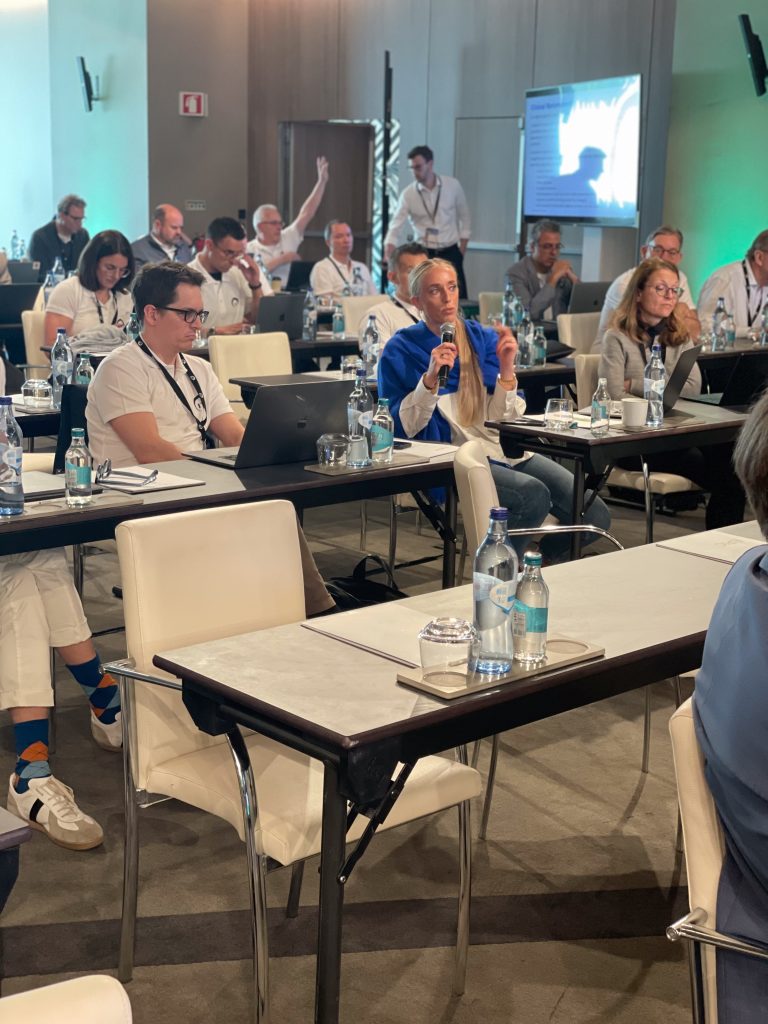
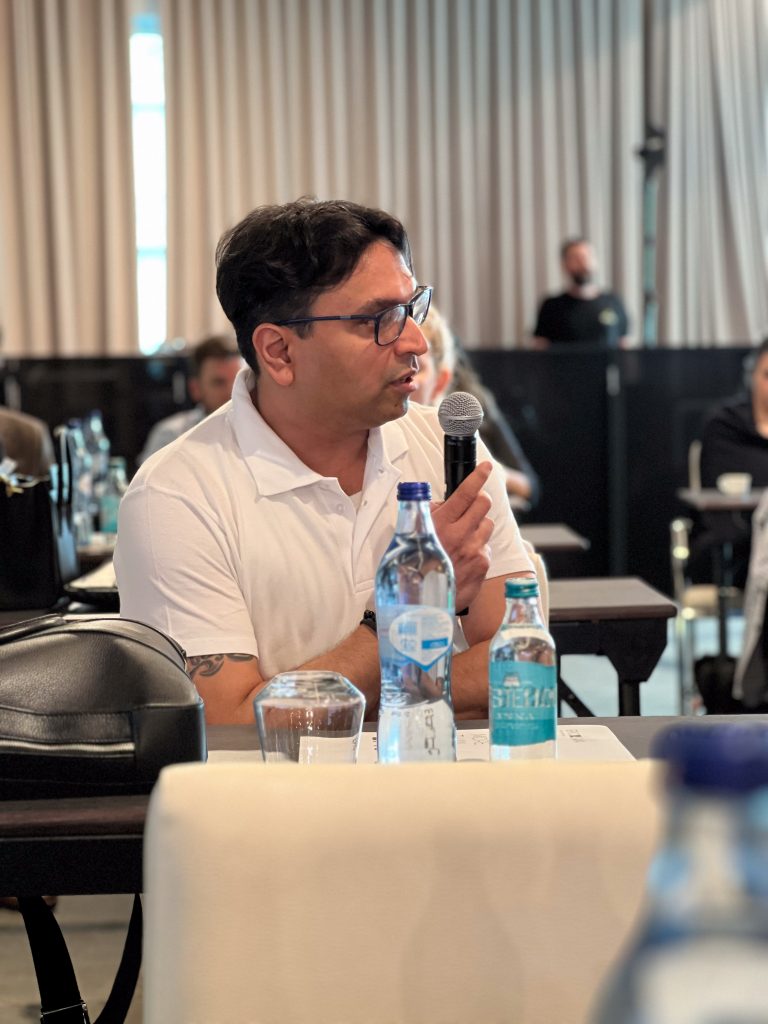
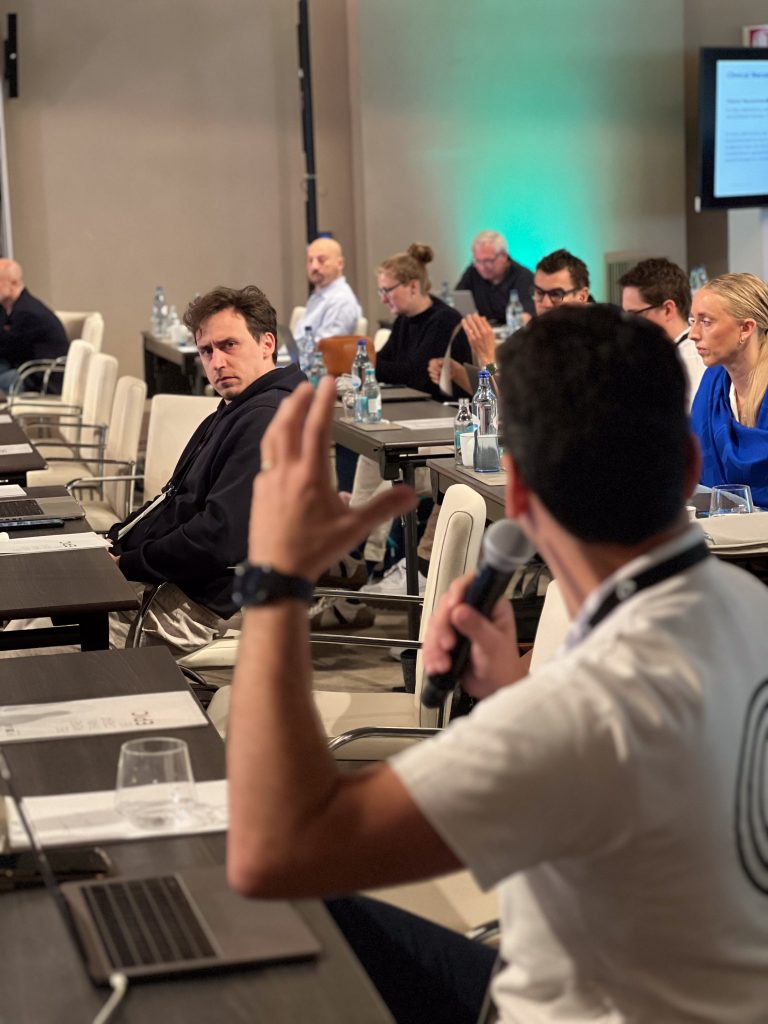
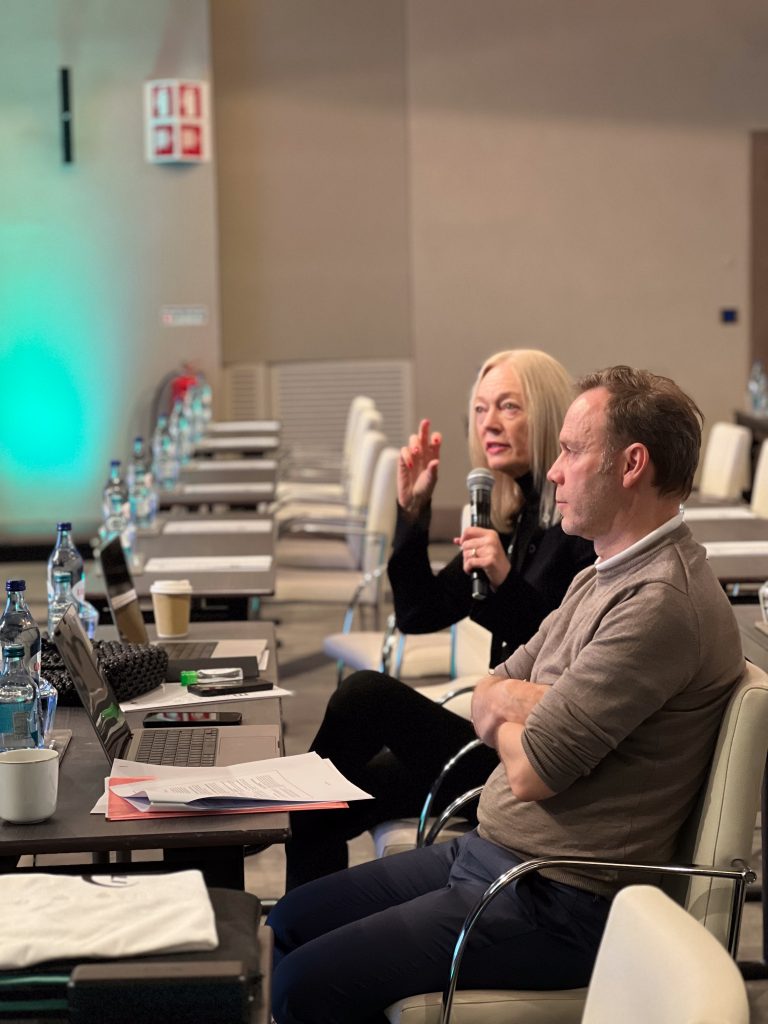
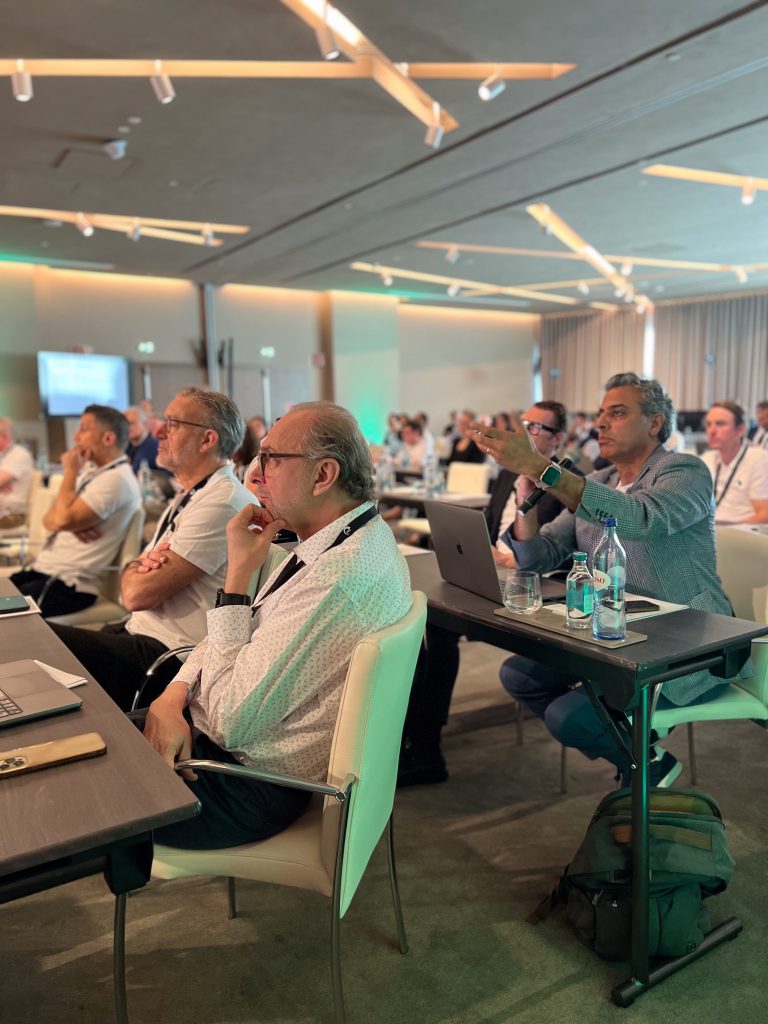
Group 4: Lucrezia Paterno reporting
After breakfast, participants head to the plenary hall to discuss the progress made yesterday. We begin by discussing the Consensus Statements and clinical recommendations from each group. Before lunch, a short group 4 meeting is needed to incorporate the changes suggested by the plenum into the statements.
An unofficial group photo is taken of the best group – group 4 obviously! We then run to the restaurant to grab a bite before meeting for the official group photo in the plenary hall. Final discussions now with additional feedback from the Board, Committee members and ITI Education Delegates from various ITI Sections around the world.
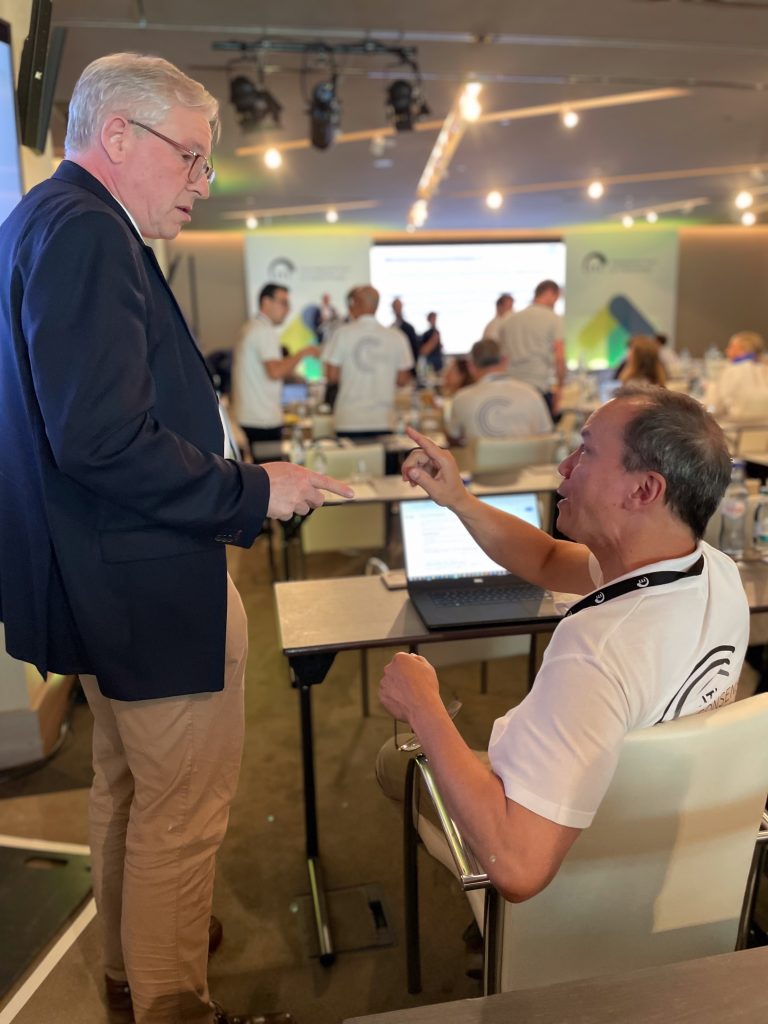

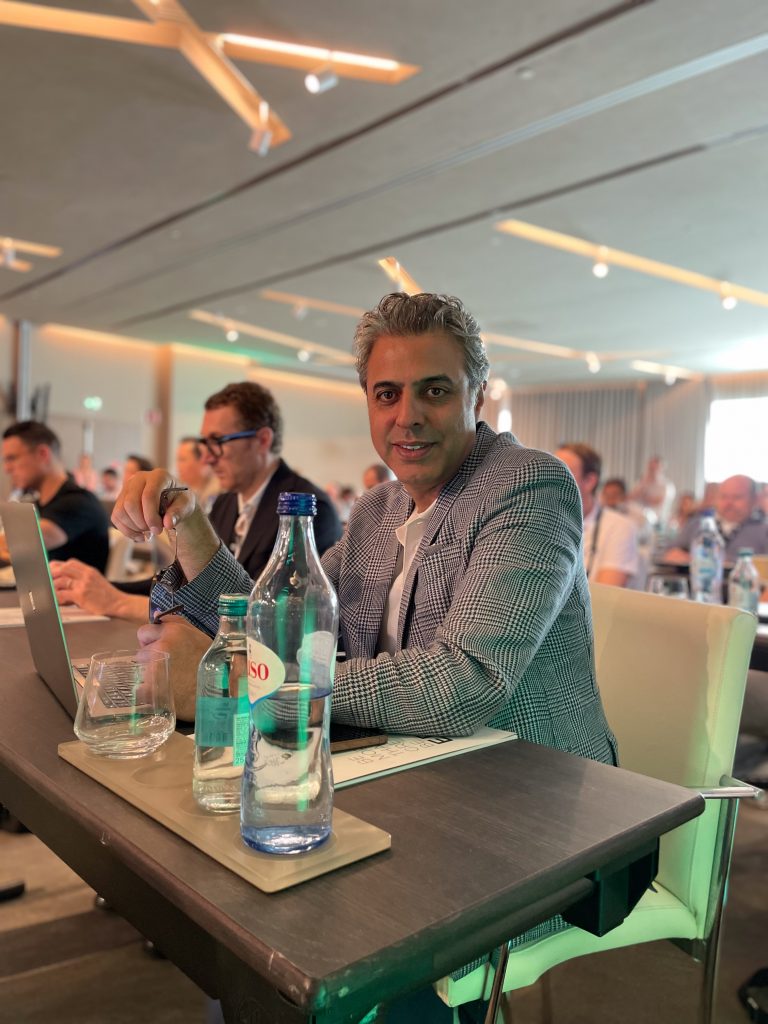
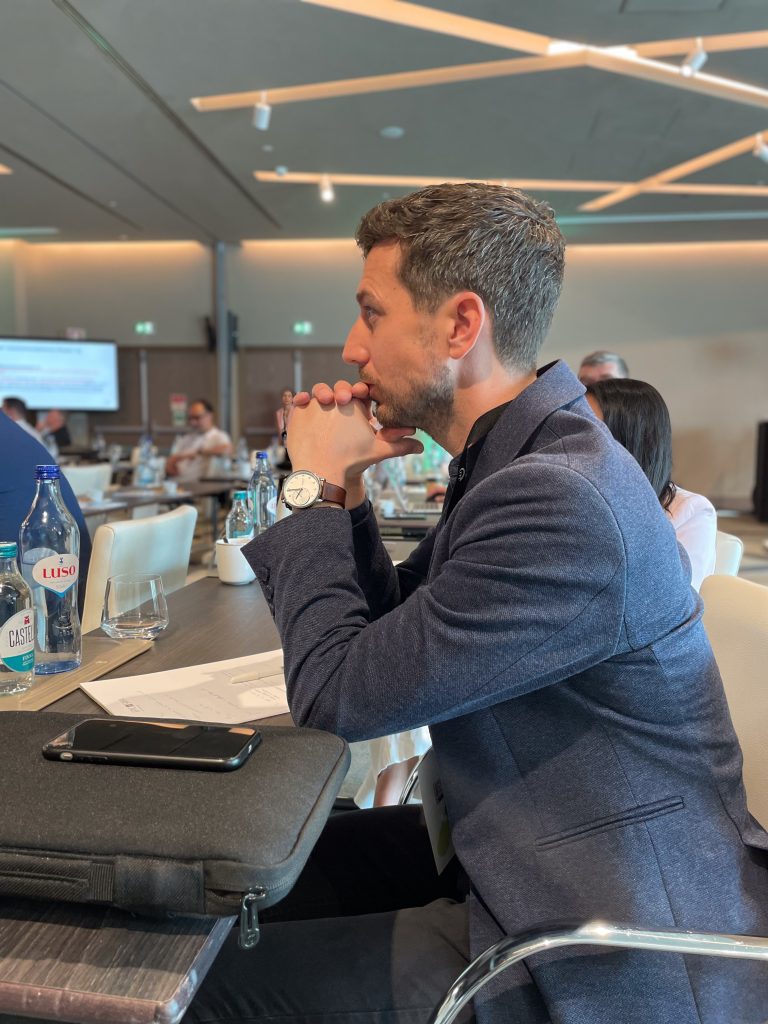
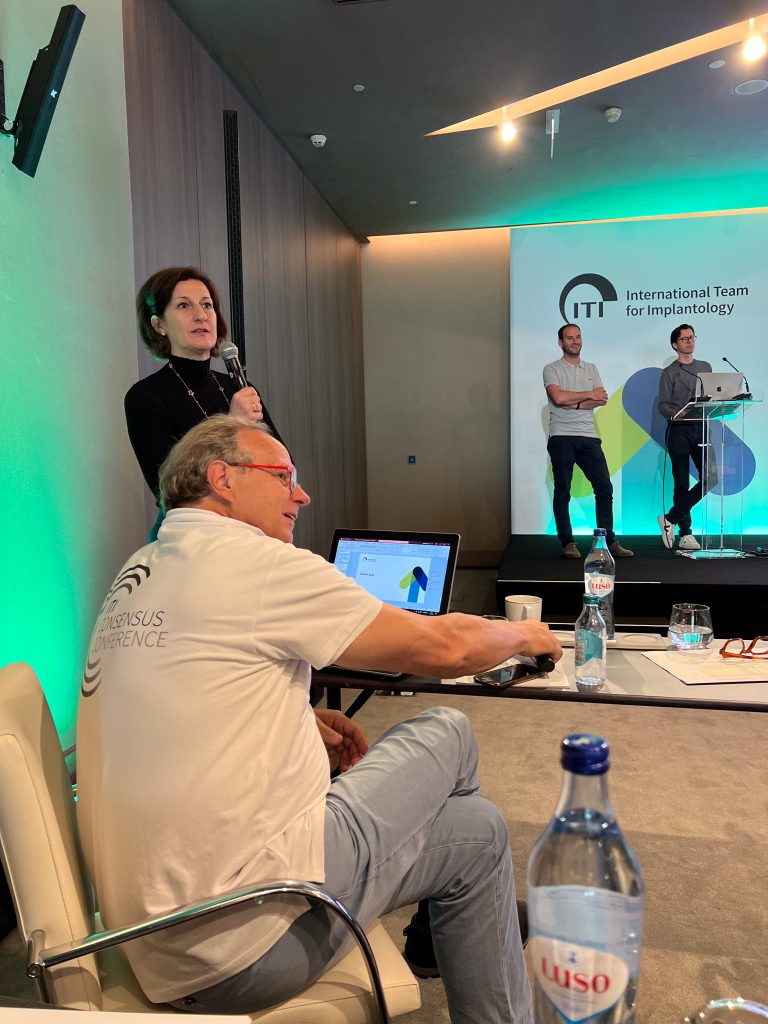
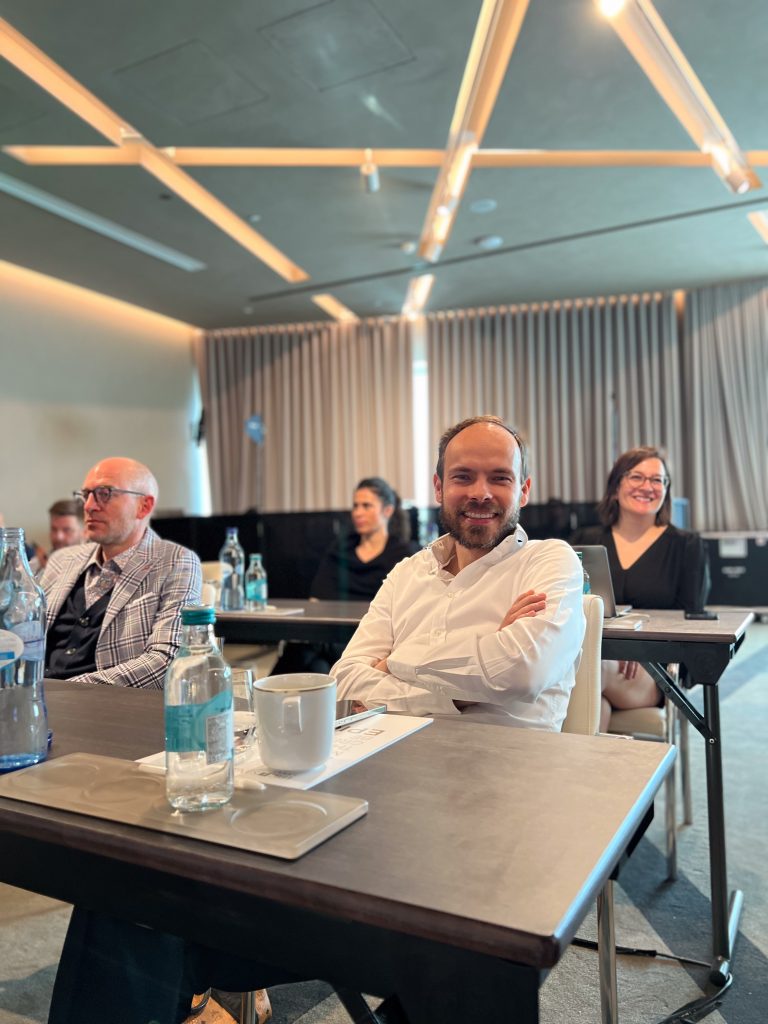
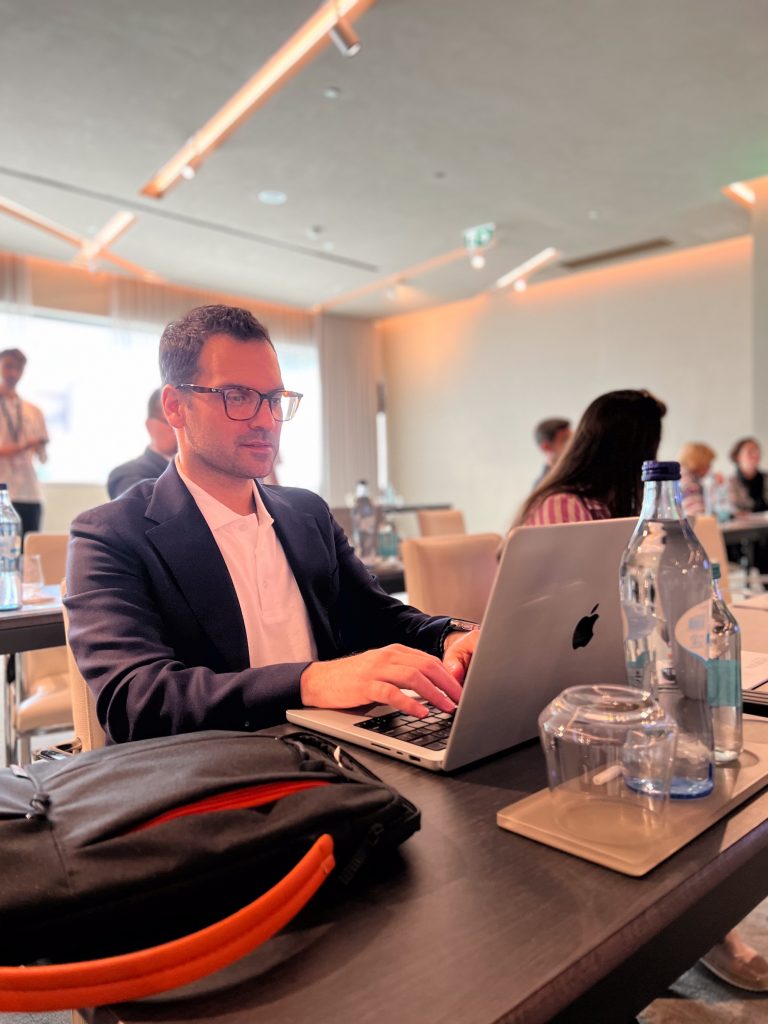
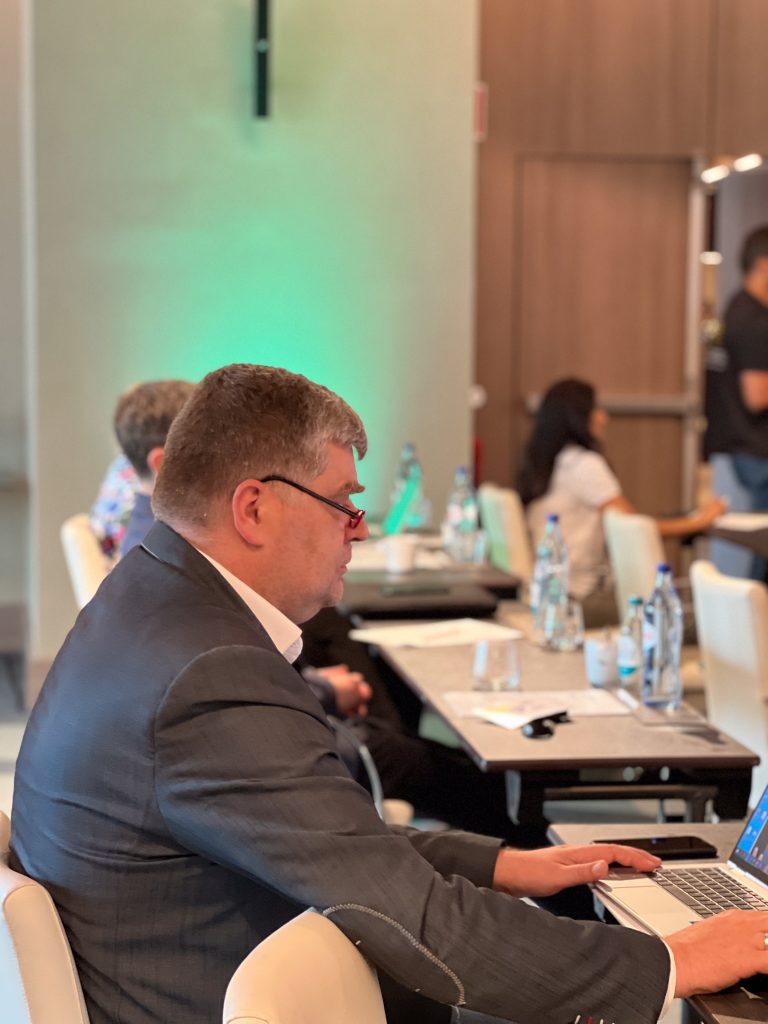

Group 5: Rafael Lazarin reporting
Back at the plenary meeting: intense, passionate, heated discussion. “I agree” from one side, “I don’t agree” from the other, and then, suddenly, applause: a consensus has been reached.
Group 5 brought the following idea: all patients are candidates for immediate implant placement and immediate loading/restoration, but not all of them will receive this protocol. What are the anatomical characteristics needed to be on the safe side after performing this treatment? Should I perform digital planning and guided surgery in every case? Is a hard tissue graft an essential part of the protocol? And what about soft tissue grafts?
The answers may need to be clarified. However, we already know how complex this treatment option can be.
We are almost there …
And before we go back to the plenary hall – photo time A good memory!
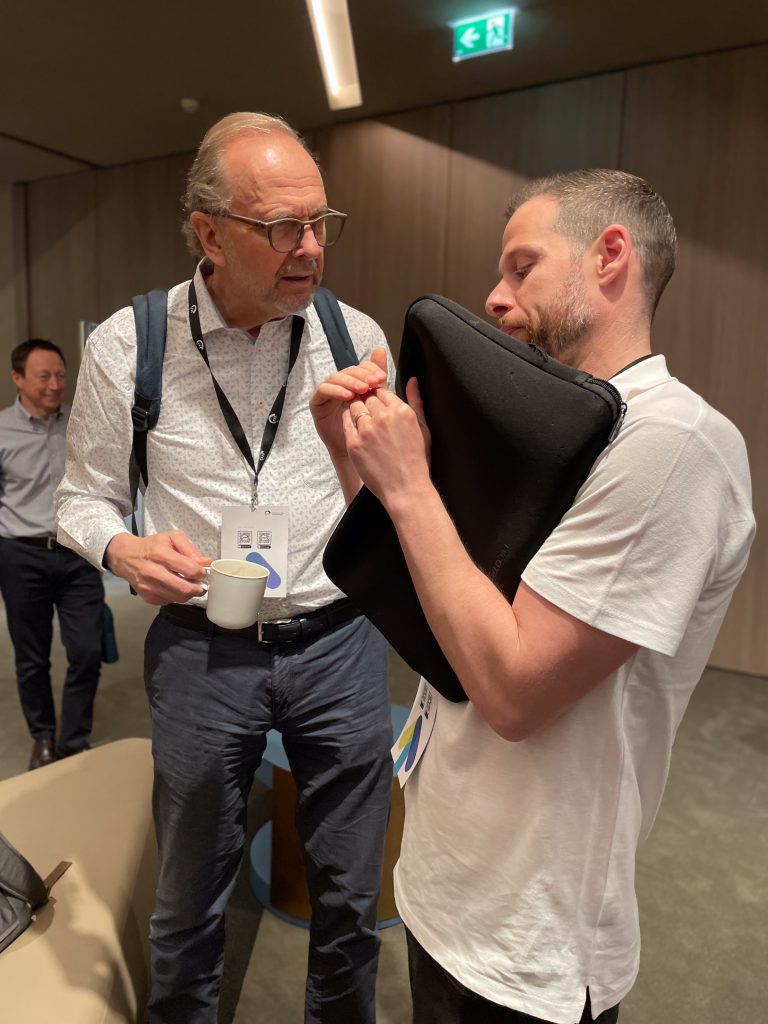
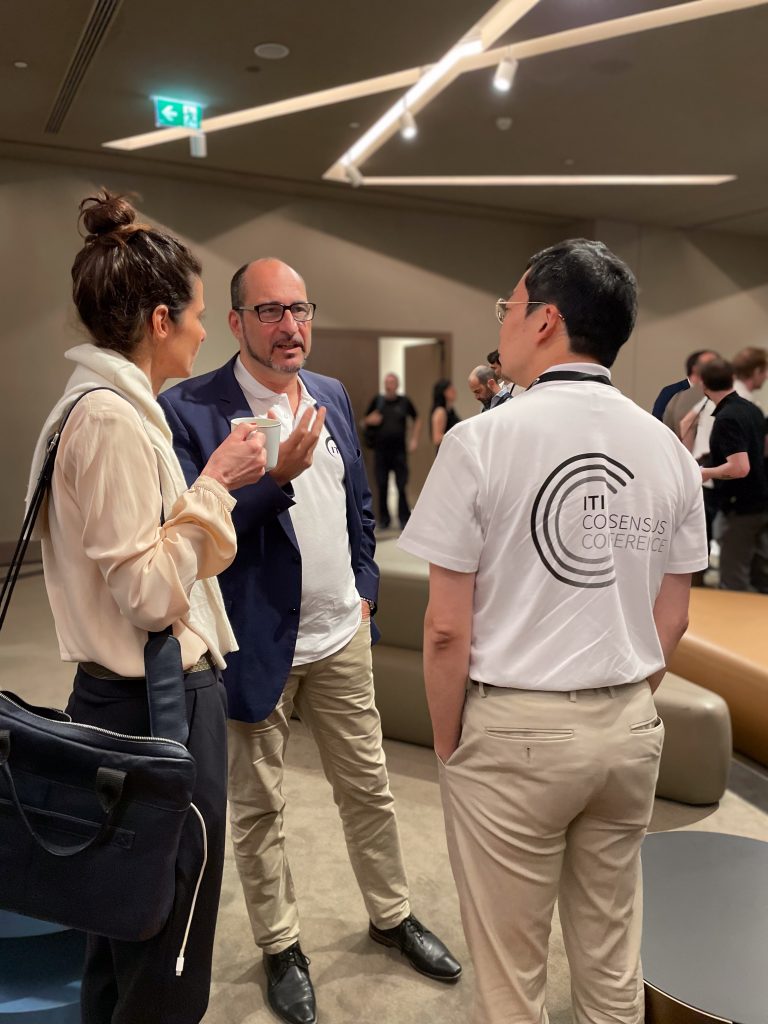
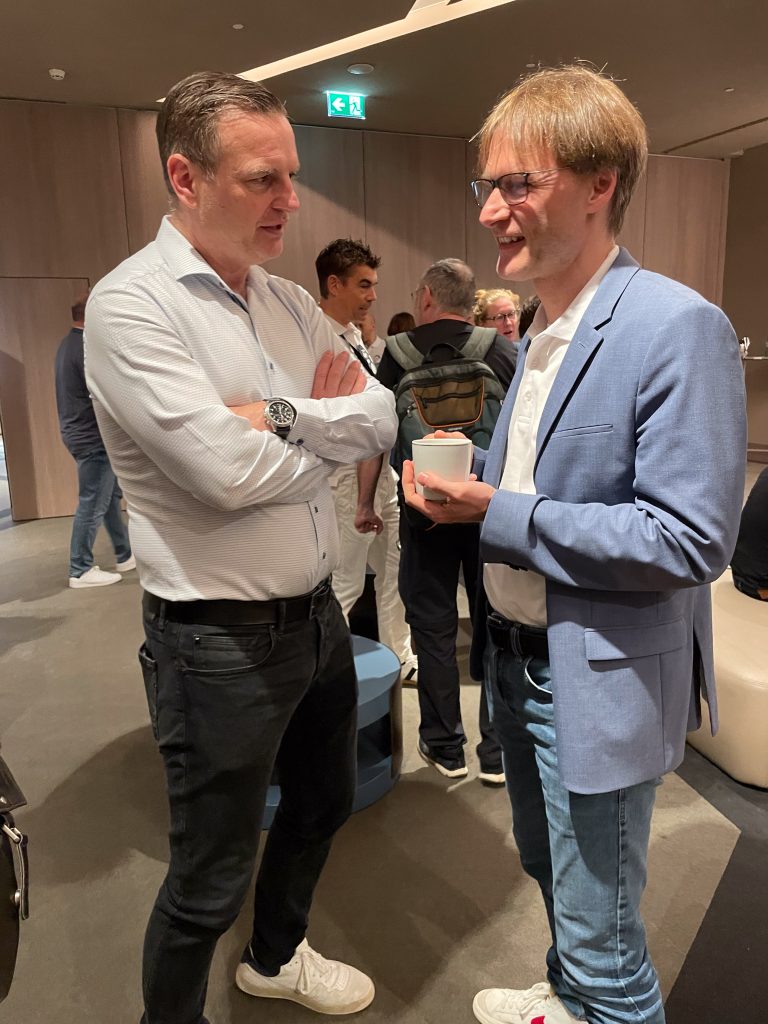
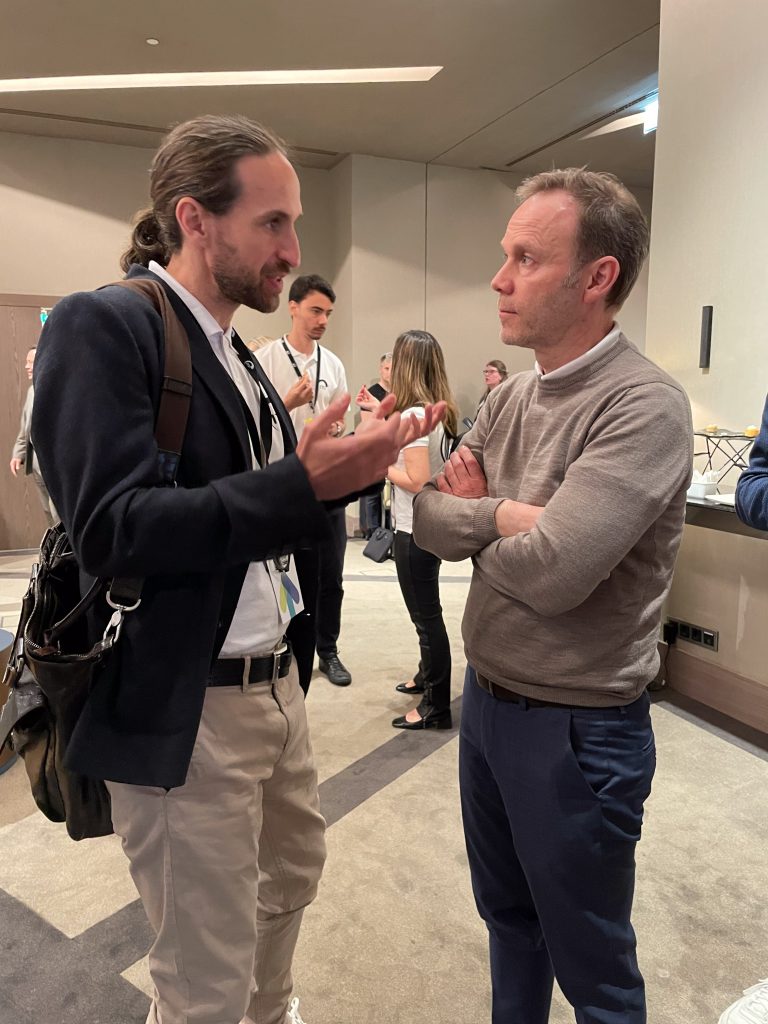
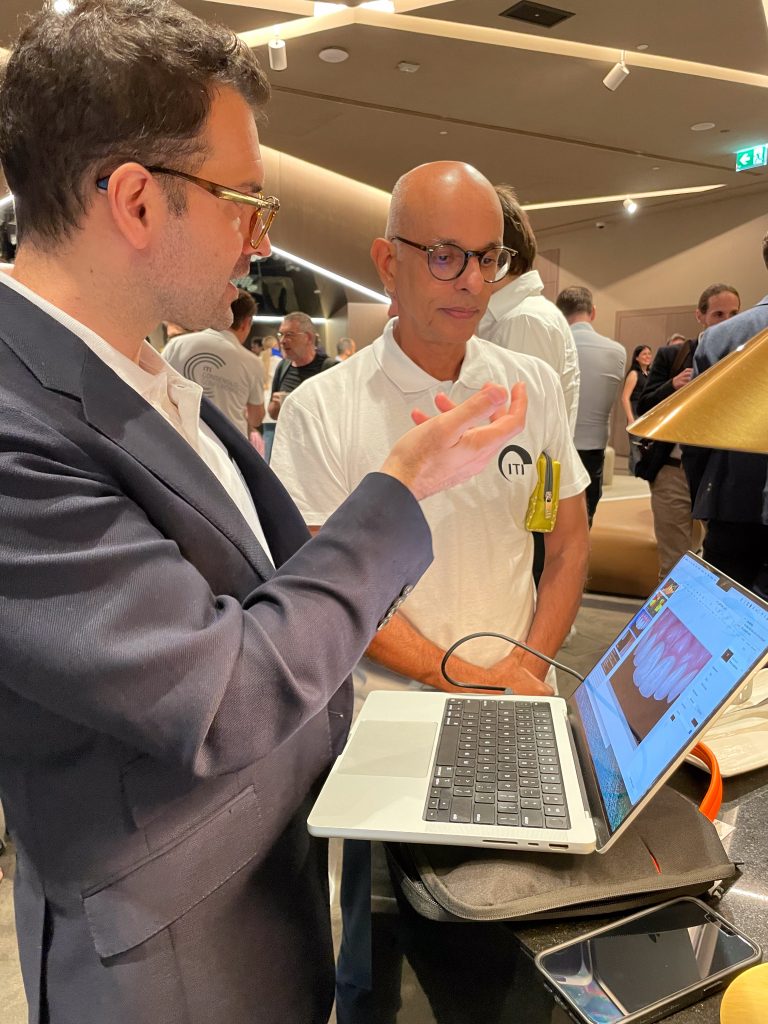

Consensus in the making: 2 days in 4 minutes
ITI Consensus Conferences are a complex, academic process that shape the daily work of practitioners worldwide. Preparation for this year’s edition started more than two years ago – this week, the individual pieces of the puzzle are finally coming together.
Reporters’ digest part 1
Group 1: Laurentiu Motoc reporting
Day 1 starts with a getting-to-know-each-other session. We discover we are lovers of Italian and Asian food as well as BBQs. We support or play golf, handball and soccer, so our group picture is a Champion’s League winner pose J.
Now to work: The group takes on board a working template with instructions on expectations, timeslots and the day’s agenda – thank you, Professors Jung and Zucchelli! The group divides into 2 teams: hard and soft-tissue.
Let the games begin: Constructive talks start – excitement, passion, and engagement fill the air. Right after lunch, both teams present their draft to the group for discussion and adaptation. This feedback round helps Prof. Aghaloo and Prof. Jensen summarize the Consensus Statements in several slides. The results are ready to be presented and challenged in the plenary session.
A round of applause marks the end of a long and intense day.
Fully energized after dinner and a good night’s sleep, Group 1 gets back to work. They first discuss the feedback received by the other groups in the plenary on the previous day. Tara Aghaloo and Simon Jensen then present an edited version of the group’s statements and fine-tune them until the whole group is happy. This version is now ready to be presented to the plenary.
Later on, the group once again splits in two teams: the hard-tissue team with Daniel Buser, Alberto Monje, Andrea Roccuzzo, Shakeel Shadad, and Luca De Stavola, and the soft-tissue team with Kristina Bertl, Vivianne Chappuis, Alberto Pispero, Martina Stefanini, Lorenzo Tavelli, and Hom-Lay Wang. “Let’s sharpen our blades!” jokes Daniel Buser before discussion of the clinical recommendations starts. But no scalpels are needed: the experts engage in a vibrant session full of dynamic and passionate exchange that leads to a robust set of recommendations.

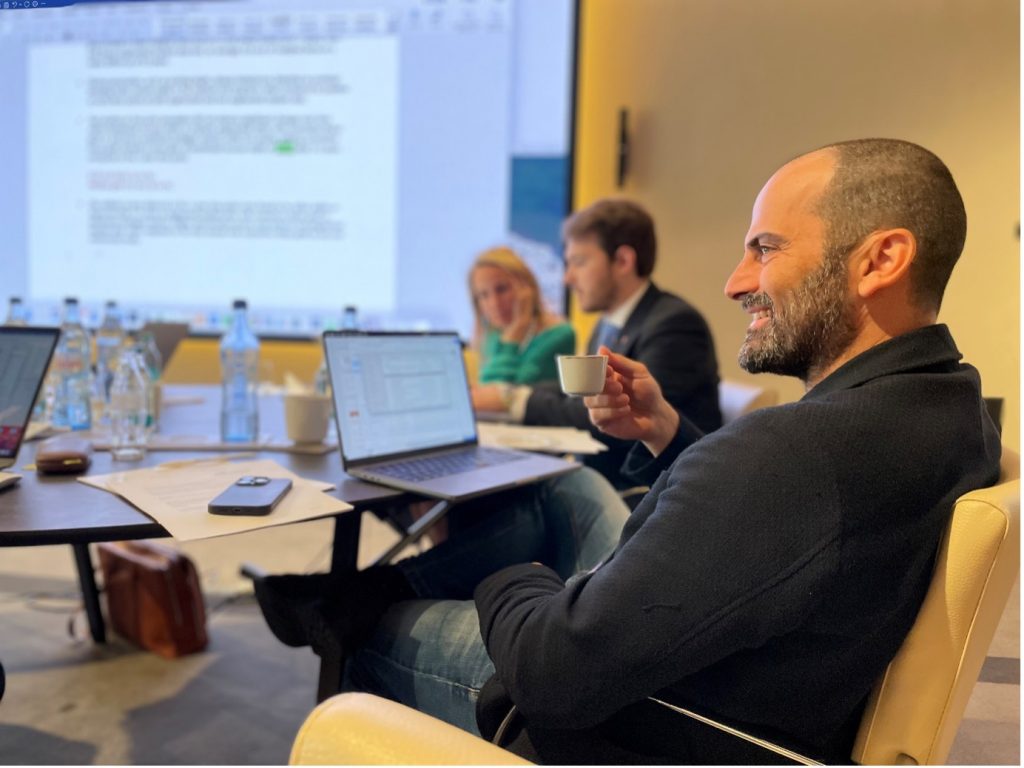
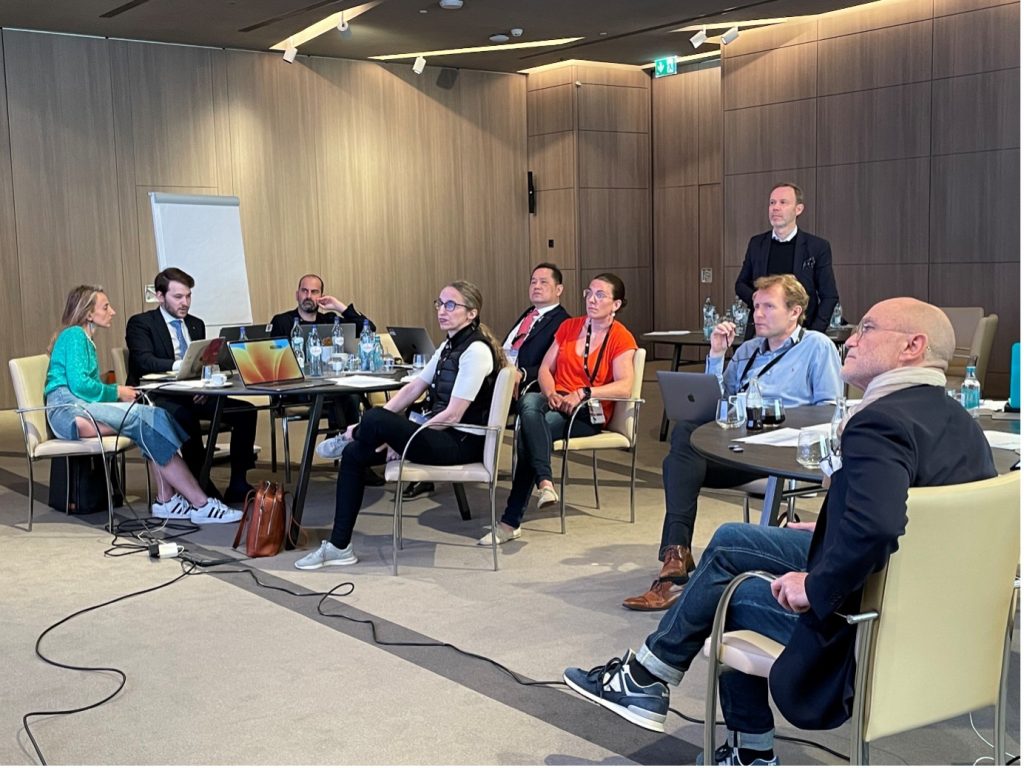
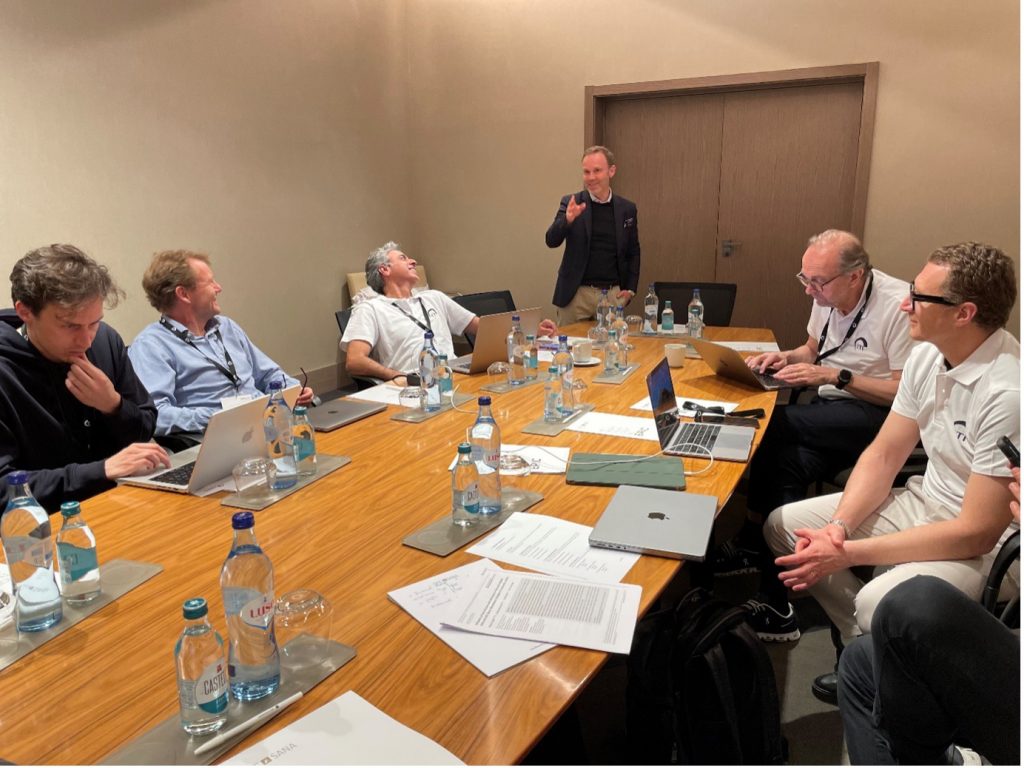
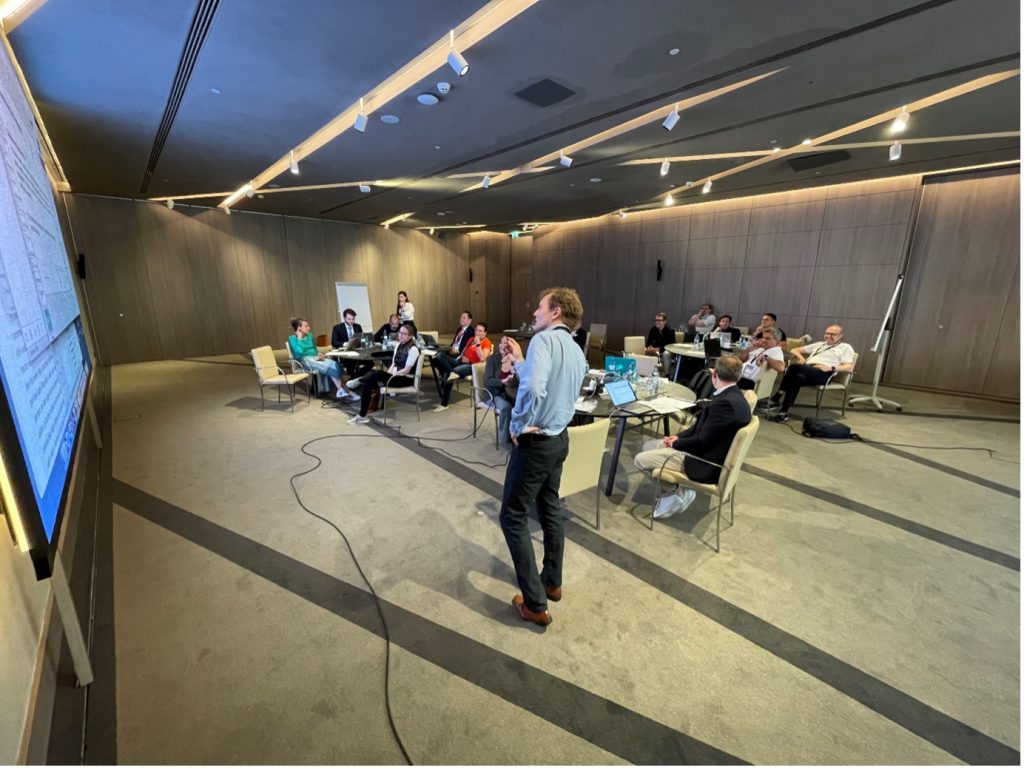
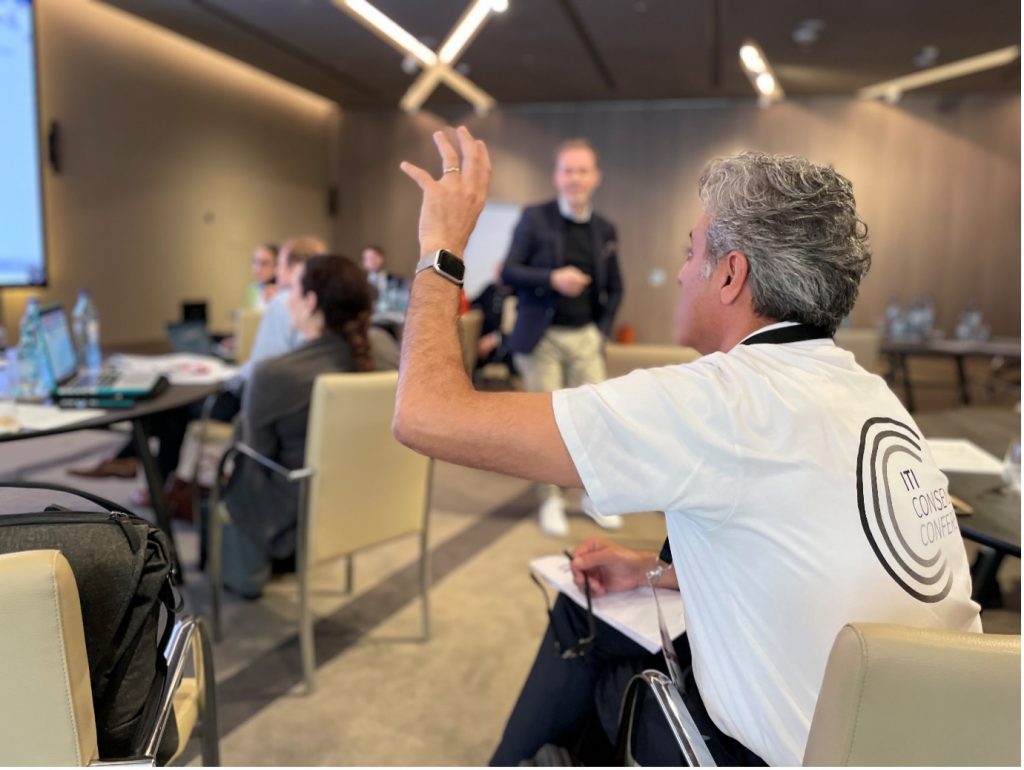
Group 2: Teresa Chanting Sun reporting
Following the plenary session, the group quickly splits into three sub-groups to draft a Consensus Statement based on their systematic review. Consultant Irena Sailer emphasizes the importance of time management in keeping the discussion focused and productive. The two group leaders Tim Joda and Wiebe Derksen move around the room giving constructive advice and provide the authors and participants with strong guidance.
World-renowned prosthodontists engage in heated discussion about implant prosthetic design, abutment selection, and current trends in computer-aided manufacturing. The discussion is not limited to clinicians’ viewpoints. Vincent Fehmer, a leading master dental technician is part of the group and he offers valuable input, while consultant Mario Roccuzzo enriches the discussion with his surgical perspective.
The session concludes with a creative group picture. This photo has a unique composition proposed by German Gallucci: a mirror view of the group serves to highlight the message that self-reflection plays a significant role in developing ideas. This is essential for consensus meetings.
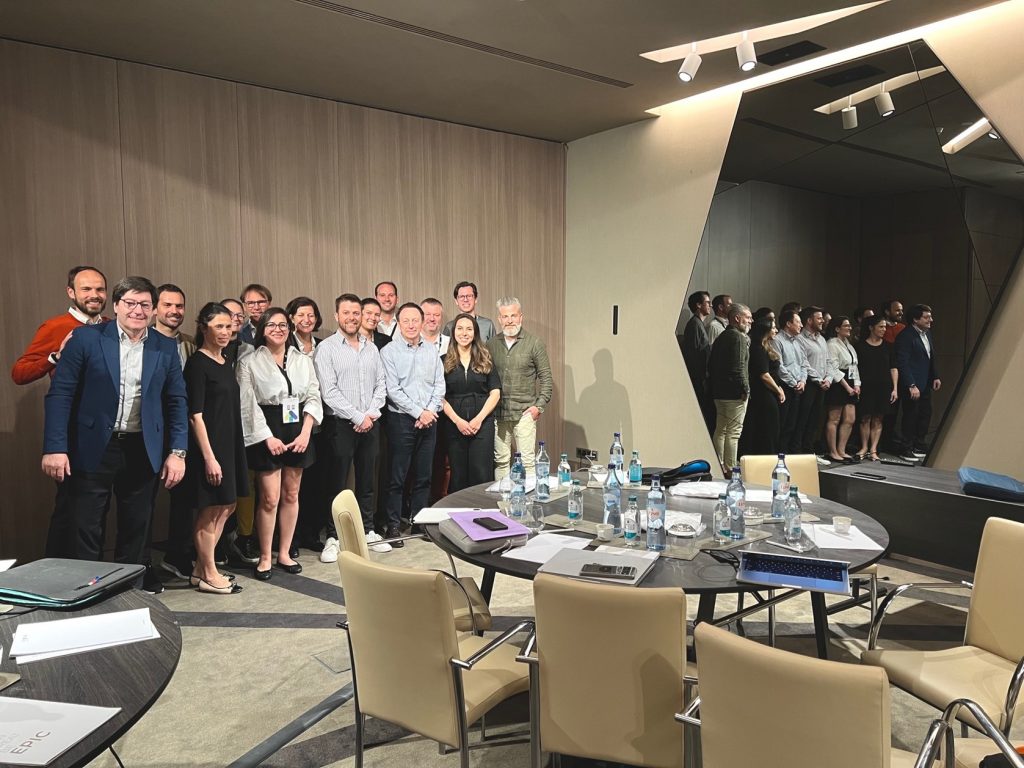
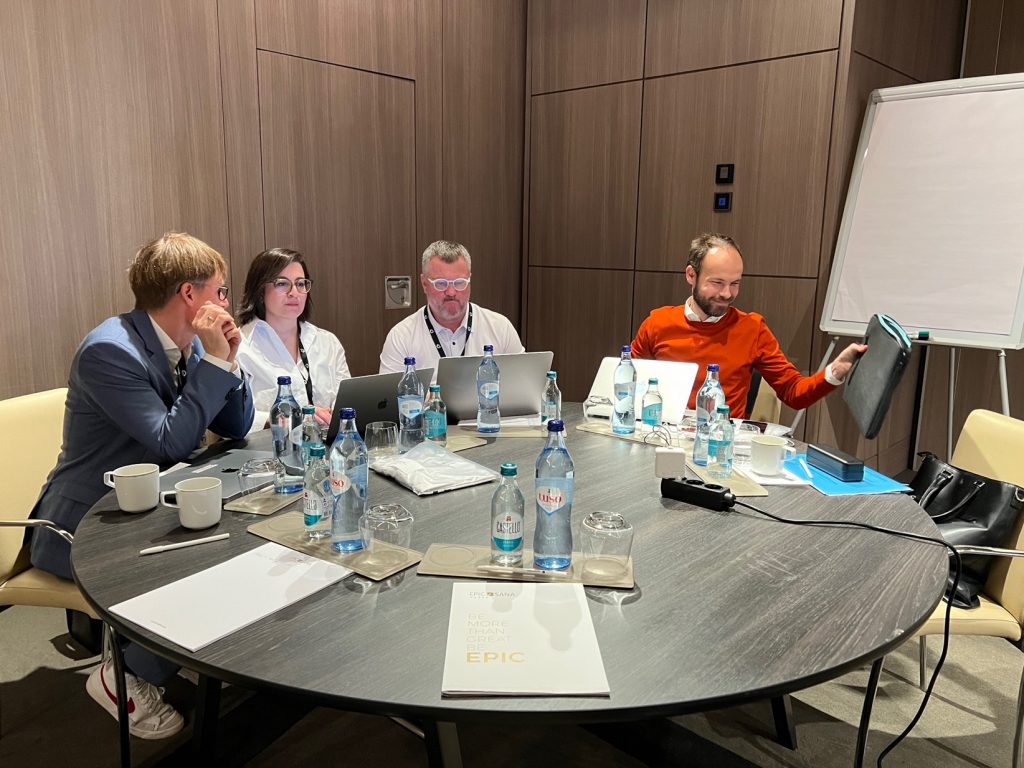

Group 3: Yukihiro Takeda reporting
The 7th ITI Consensus Conference kicks off on a sunny morning in Lisbon, Portugal.
In Group 3, which represents oral medicine, 3 topics are under discussion: anti-resorptive therapy and implant failure, zirconia implants, and zirconia abutments. Our group leaders are Bilal Al-Nawas and France Lambert and the experts for these topics have been selected from all over the world to discuss how to analyze the available literature and define Consensus Statements as well as recommendations for practitioners everywhere.
After the participants briefly introduce themselves, the current work status is presented by Stefan Röhling, Isabelle Laleman, and Yong Dae Kwon. Serious discussion starts together with Asbjorn Jokstad as a consultant. The first day passes all too quickly and all too soon the group is in the plenary presenting its progress to the whole conference, looking for essential feedback to be integrated into day 2’s deliberations.

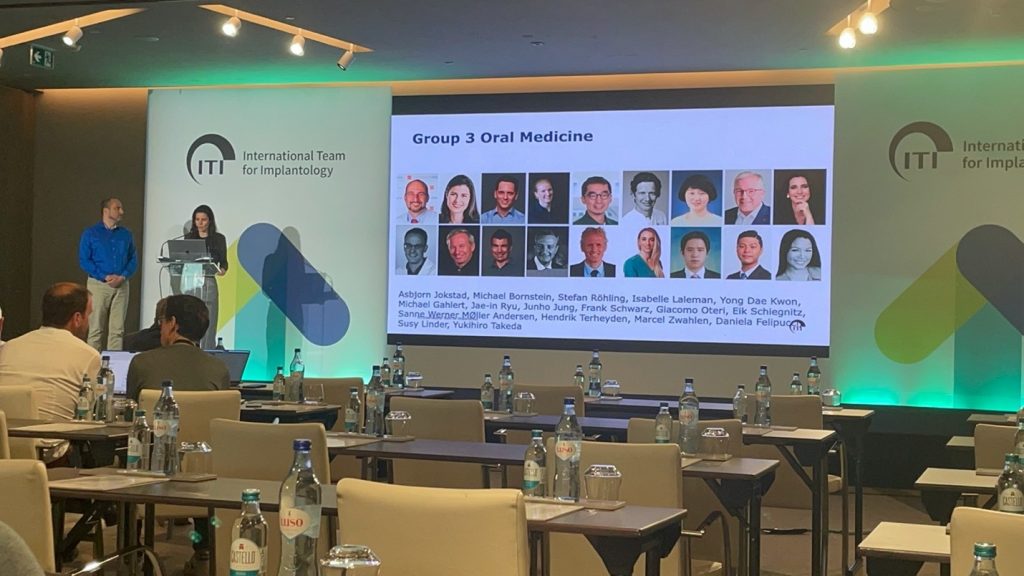
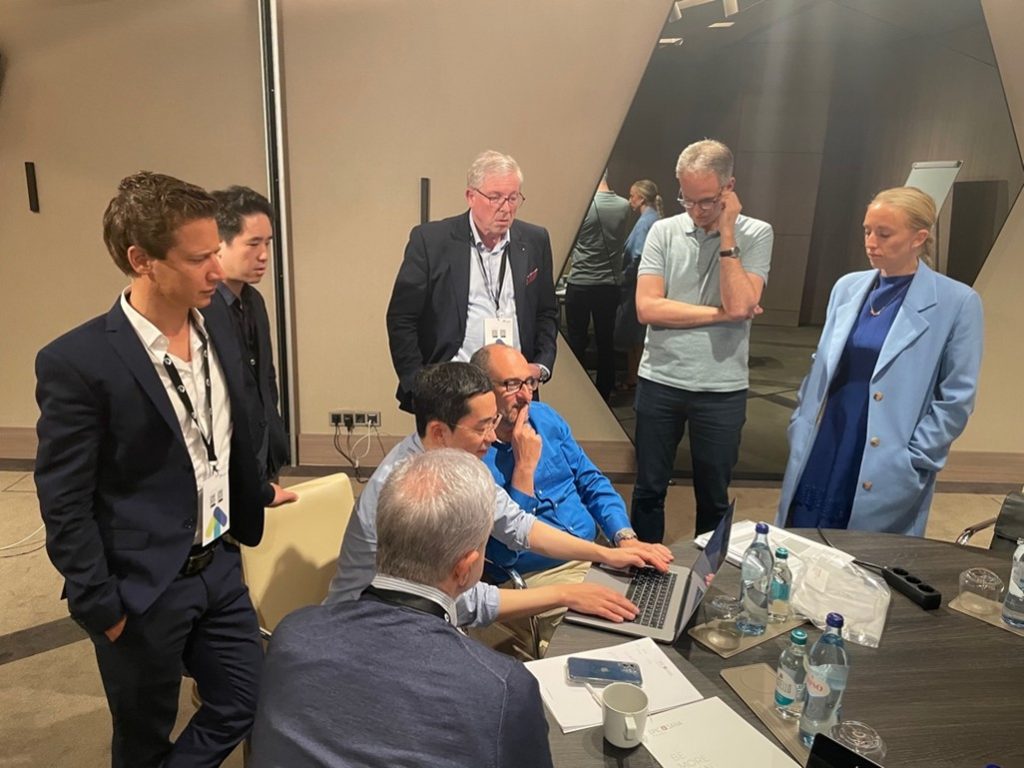
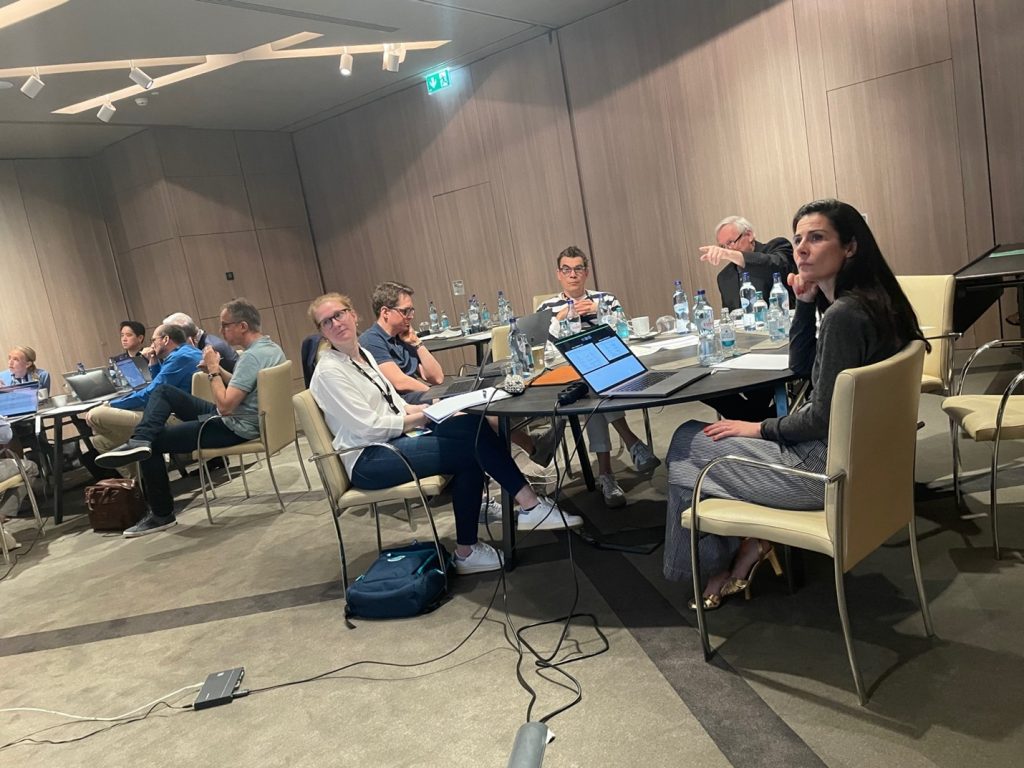
Group 4: Lucrezia Paterno reporting
Debate in Group 4 – patient benefits – is heated: questions range from the correct use of prosthetic terminology to what is involved in the concept of ‘standard of care’. Group leaders Mauricio Araujo and Martin Schimmel are exceptional at coordinating discussion and keeping everyone on track. There is a lot of ground to cover, so time management is key. The first authors of the papers (Samir Abou-Ayash, Murali Srinivasan and Andrè Barbisan de Souza) work to incorporate the feedback from the group participants and the group leaders into their proposed statements. And the work continues …
Day two begins with all the participants at the plenary session as they finish discussing the findings from Group 1 (surgical techniques). Afterwards, each group breaks out into individual rooms to continue working on their topics.
In Group 4, we pick up the work from yesterday. An important question comes up: is it possible to call implant-supported rehabilitations the standard of care? Much discussion follows as this important clinical issue and its many implications are debated.
The next step is to propose and discuss the clinical recommendations originating from each paper. The leaders decide we should this by separating into smaller groups, each working on the clinical recommendations from a specific paper. The proposals are then discussed once again in the group and a lot of progress is made.
A fantastic lunch and some much-needed coffee give everyone the energy to go back to the plenary room to discuss the changes made by each group to the Consensus Statements and clinical recommendations in an interactive and productive debate.

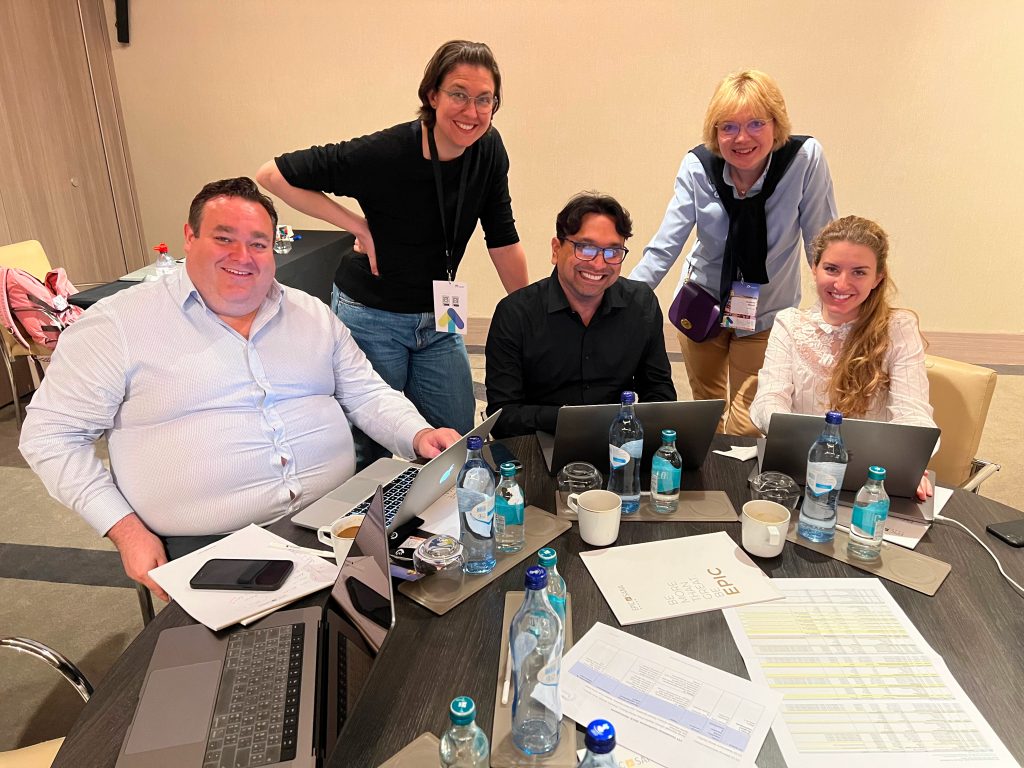

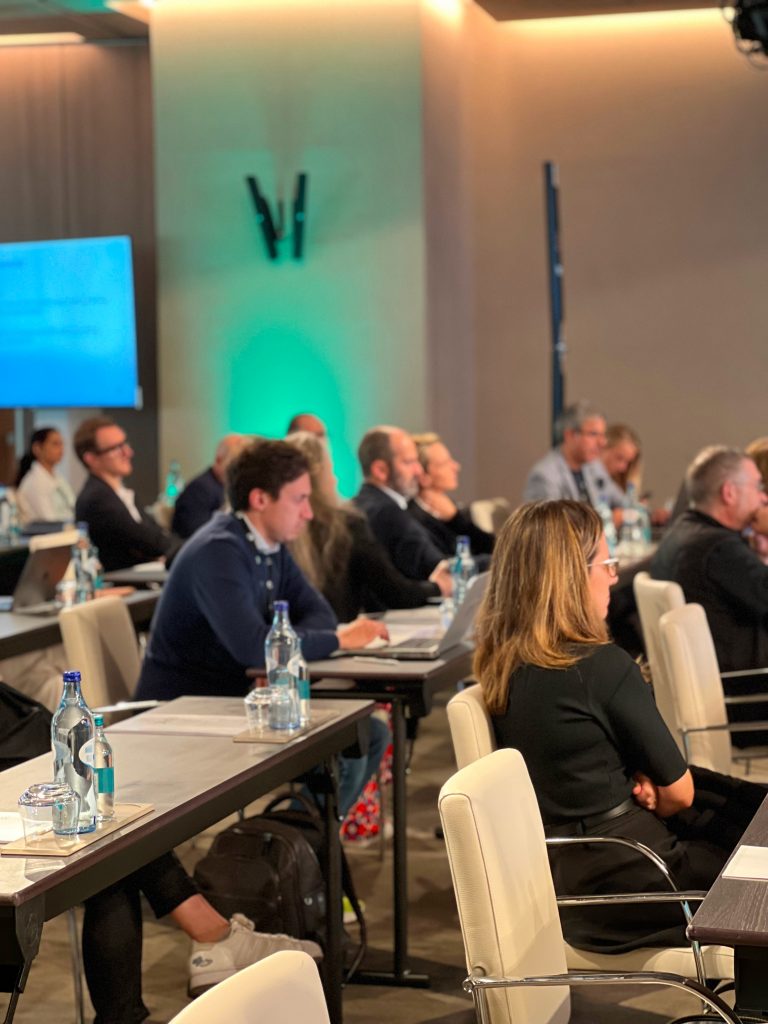
Group 5: Rafael Lazarin reporting
Led by Dean Morton and Daniel Wismeijer, the group discussion on timing of implant placement and implant loading focuses mainly on immediate implant placement and immediate loading/restoration. The discussion is based on two systematic reviews prepared before the consensus meeting.
Intense and heated discussions on the first day lead to a first version of the Consensus Statements. The given task is to formulate the statements while discussing all the details with the group members, and it is fascinating to see the brains of top experts at work. Everyone sits at a round table discussing how to concentrate the most relevant information from the systematic reviews in a simple, transparent, and direct way. The use of the correct dental terms and definitions is always taken into account to guarantee the message’s clarity. It may look easy, but for top experts many questions still remain unanswered.
After returning from the first plenary session on day 2, the aim is to discuss all the suggestions received. The instructions are clear: precision and consistency are required for the statements. The team works to finalize the preamble and the statements. However, questions that may look “simple” continue to arise: What is the definition of implant survival? On the other hand, a more specific question does not find consensus: Are all patients candidates for type 1a treatment?
The next step is to write the clinical recommendations. Let’s wait and see what group 5 will bring as recommendations for dealing with one of the most trending and challenging topics in implant dentistry.




Day 1: Off to a dynamic start
The 7th ITI Consensus Conference has been eagerly awaited by implant dentistry professionals worldwide, and the first day has been an overwhelming success. The whole day was marked by professional exchange, lively debates, and the ITI’s unique spirit of camaraderie and friendship. The participants were welcomed with warm hospitality and an engaging opening plenary session that has set the tone for the coming three days. The five working groups, consisting of highly regarded experts in the field, spent the day presenting their review papers, discussing and debating the latest developments in implant dentistry, and deliberating on the best ways to advance the field. A high level of engagement and enthusiasm among the attendees was evident, and it is clear that everyone is committed to working together to achieve the conference’s goal: to find common ground and define Consensus Statements and recommendations that will guide the field over the next 5 years.
The working groups will continue to delve into implant dentistry’s most pressing issues. More to come…

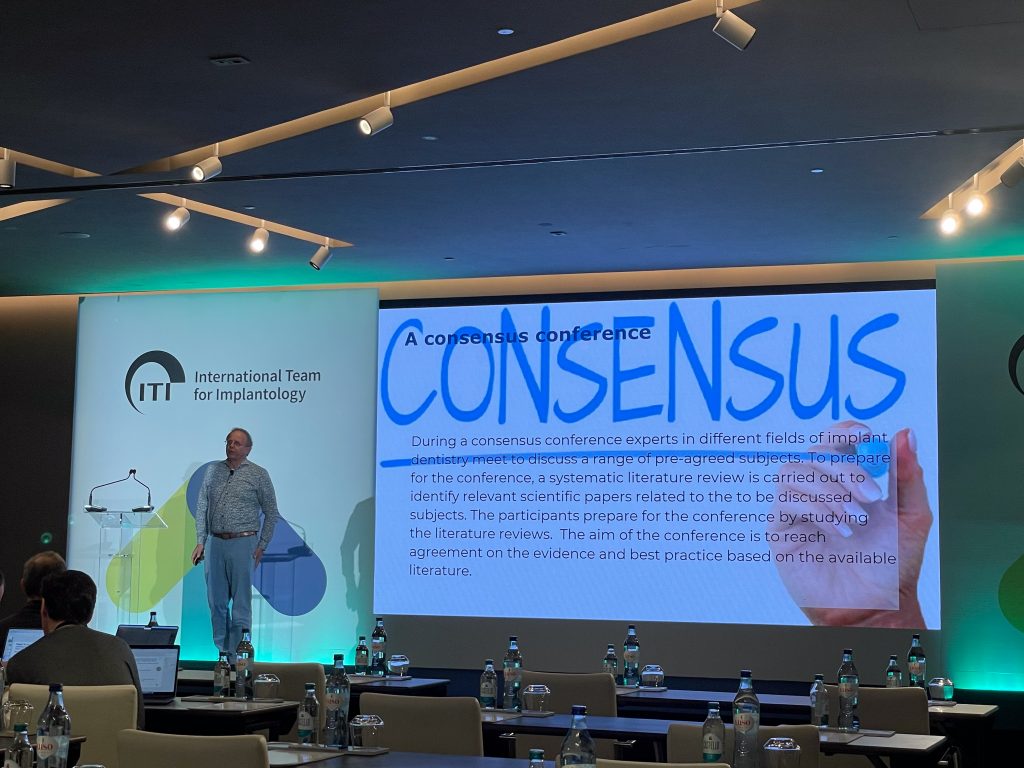


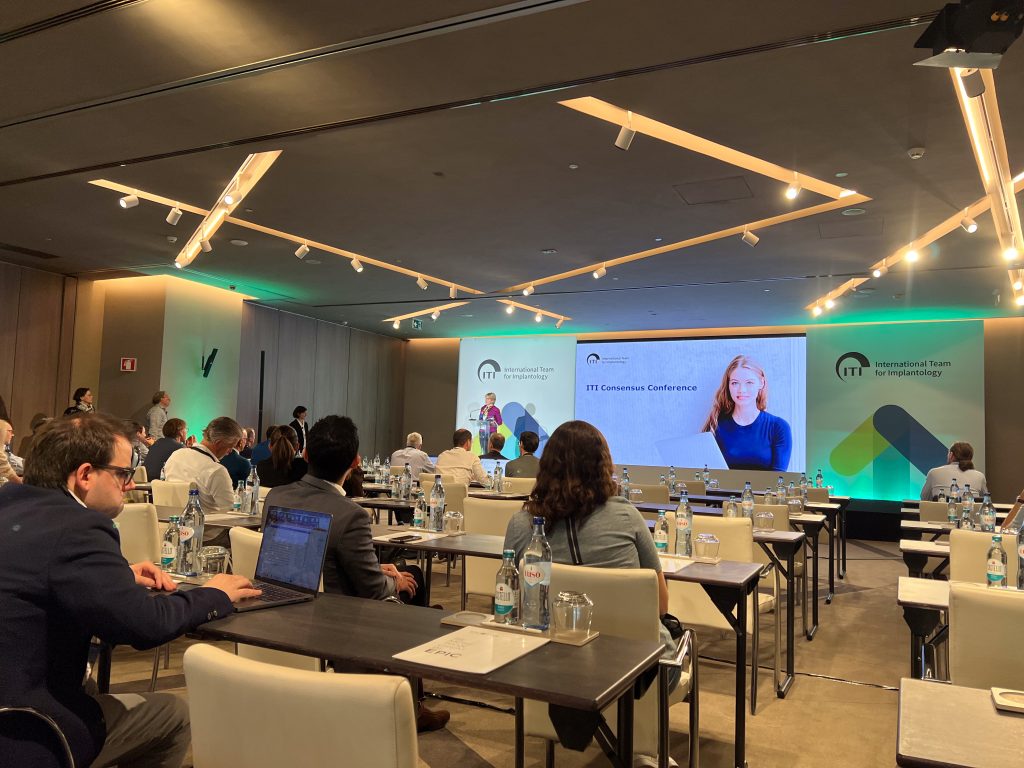
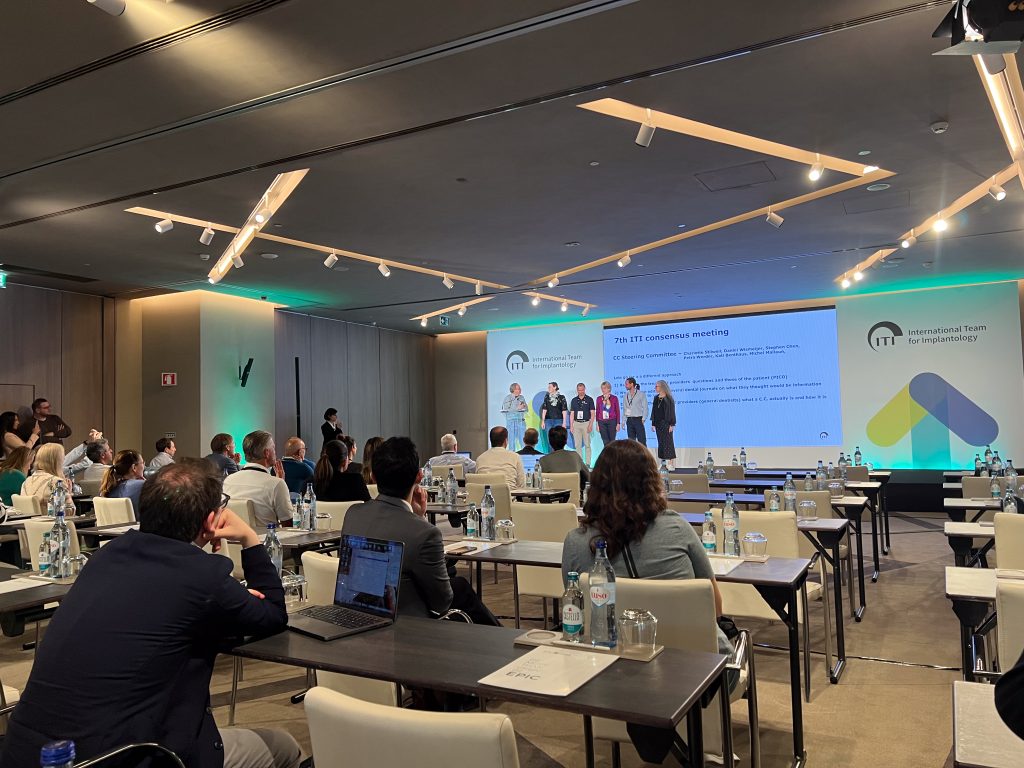
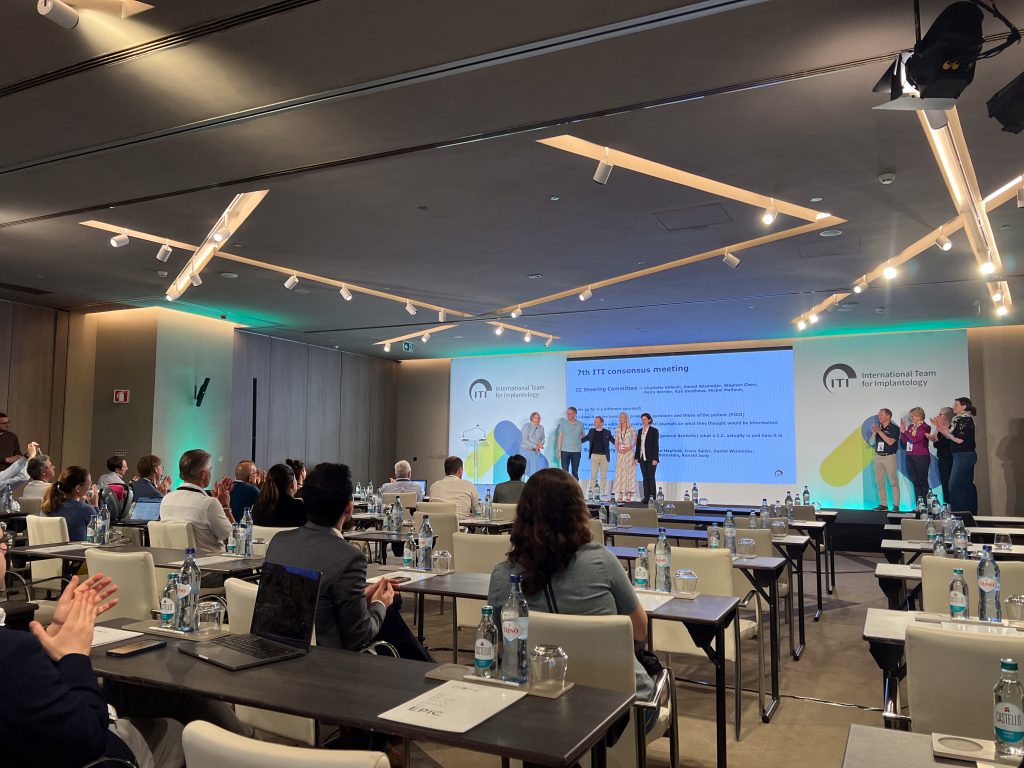
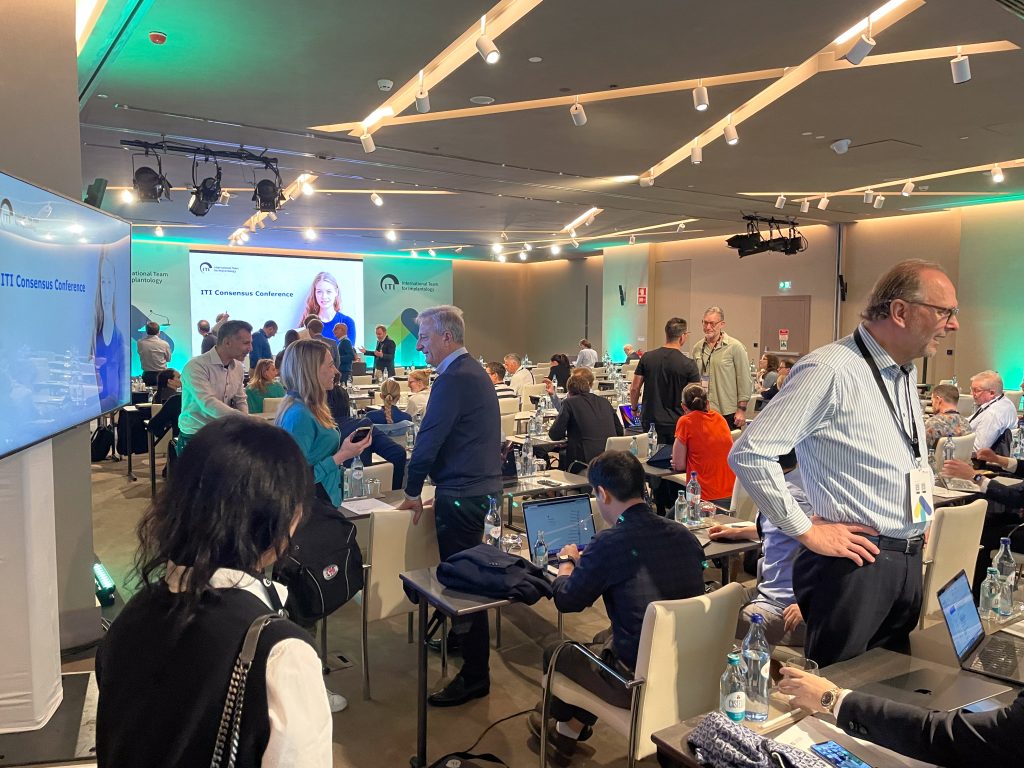
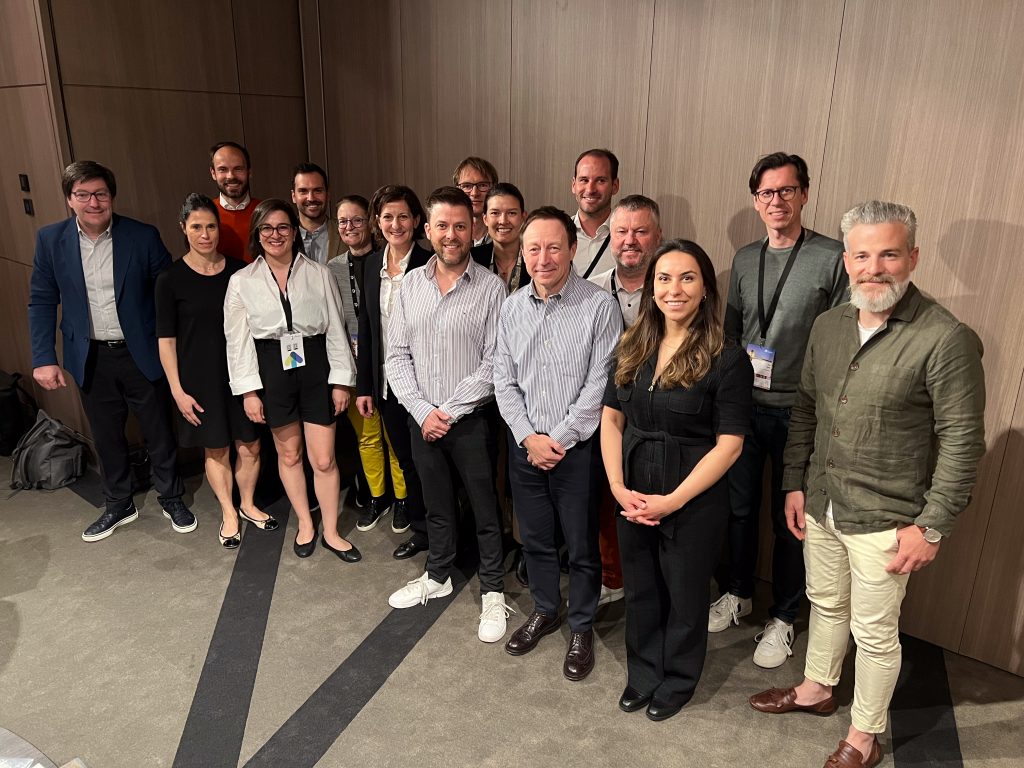


7th ITI Consensus Conference kicks off in Lisbon on May 2 – stay tuned!
After working together remotely for three years, more than 90 academics and clinicians are finally meeting in Lisbon, Portugal, to dive deep into 5 topics of major importance to the implant dentistry world.
At the 7th ITI Consensus Conference over 3 days from May 2 to 5, they will be distilling fact from myth to define Consensus Statements and recommendations based on the latest available literature that will guide implant dentistry professionals in their day-to-day work for the next five years.
The 5 topics under discussion are:
- Surgical techniques
- Technology
- Oral medicine
- Patient benefits
- Implant placement and loading protocols
We are expecting lively exchange, hot debate as well as strong arguments for and against before the Consensus Conference participants set the seal on their recommendations.
To keep you informed on how the discussions are developing, 5 Young ITI reporters will be following the day’s events for each group and providing insights directly from the Conference.
Just bookmark this feed to get the latest on the Consensus Conference and follow us on Facebook and Instagram for golden nuggets of information as well as fun photos and videos.

